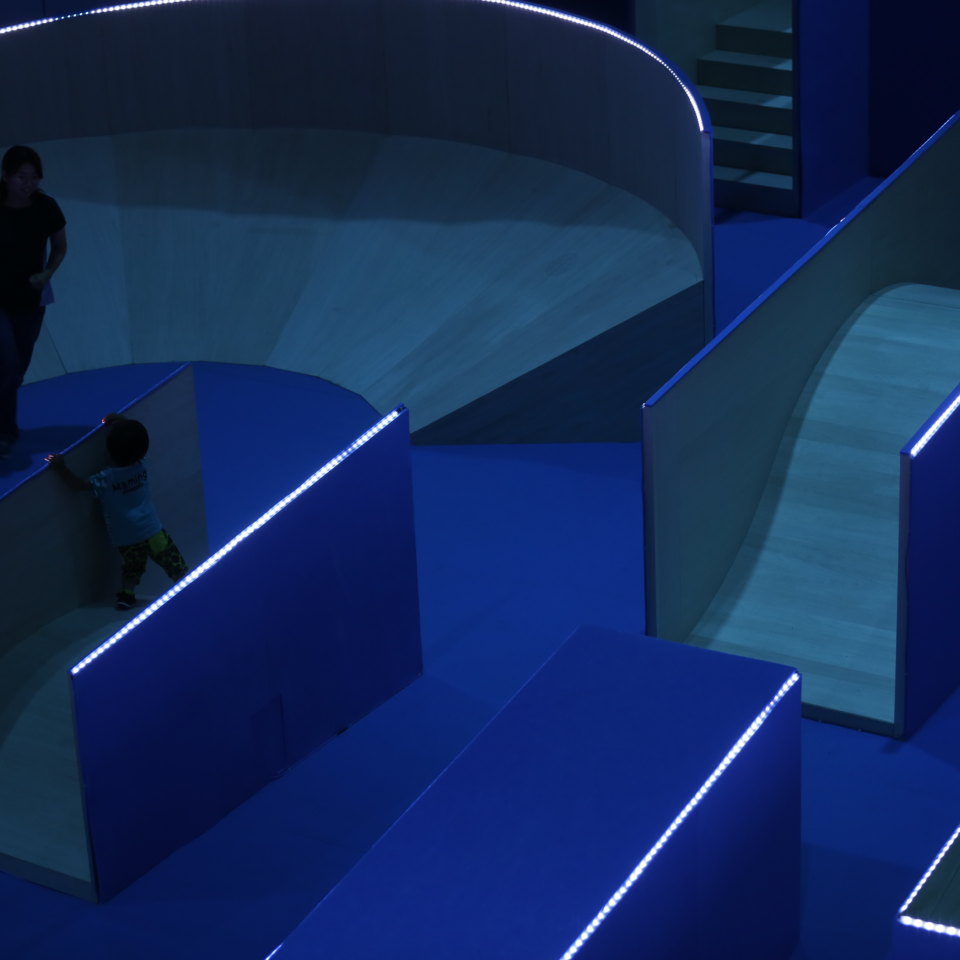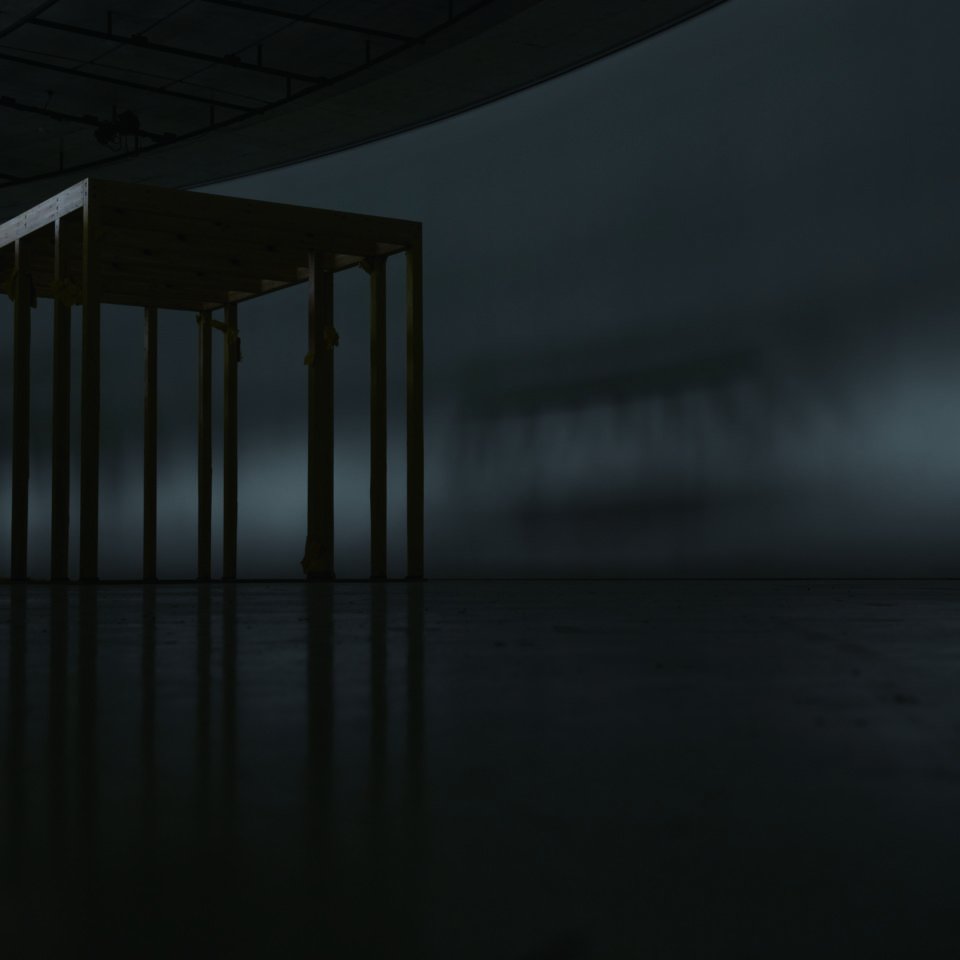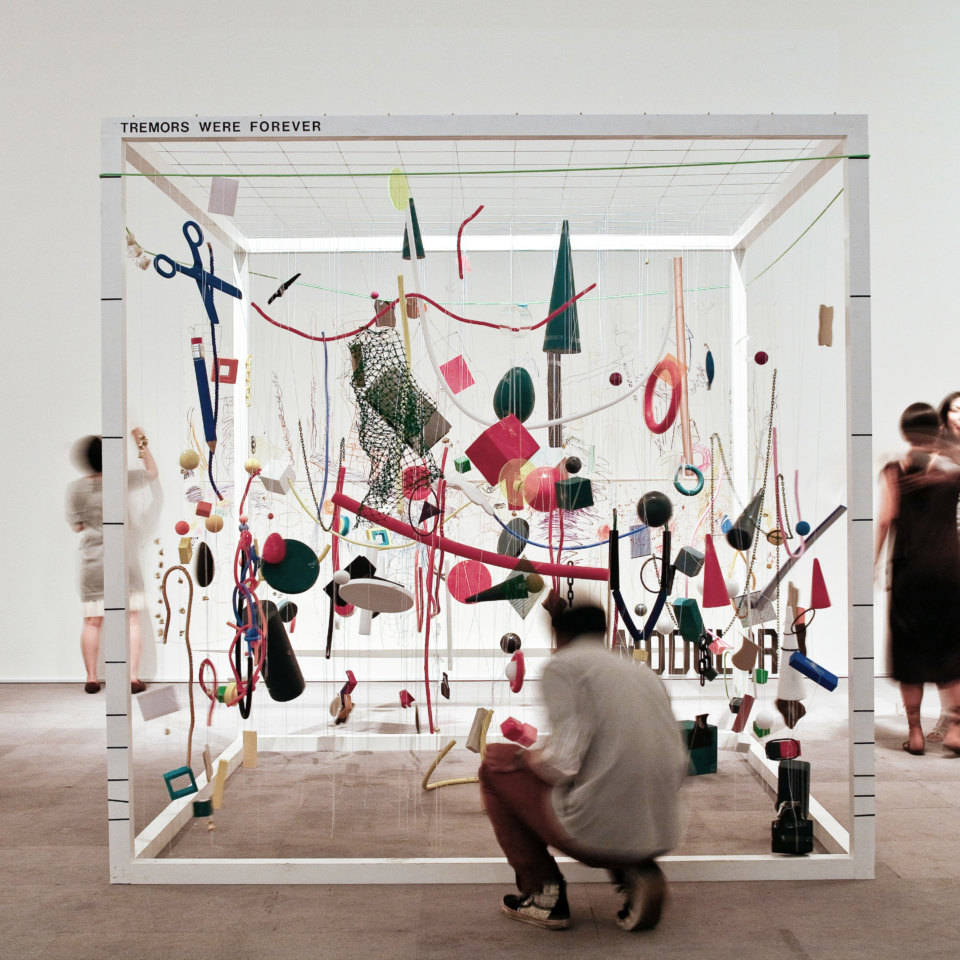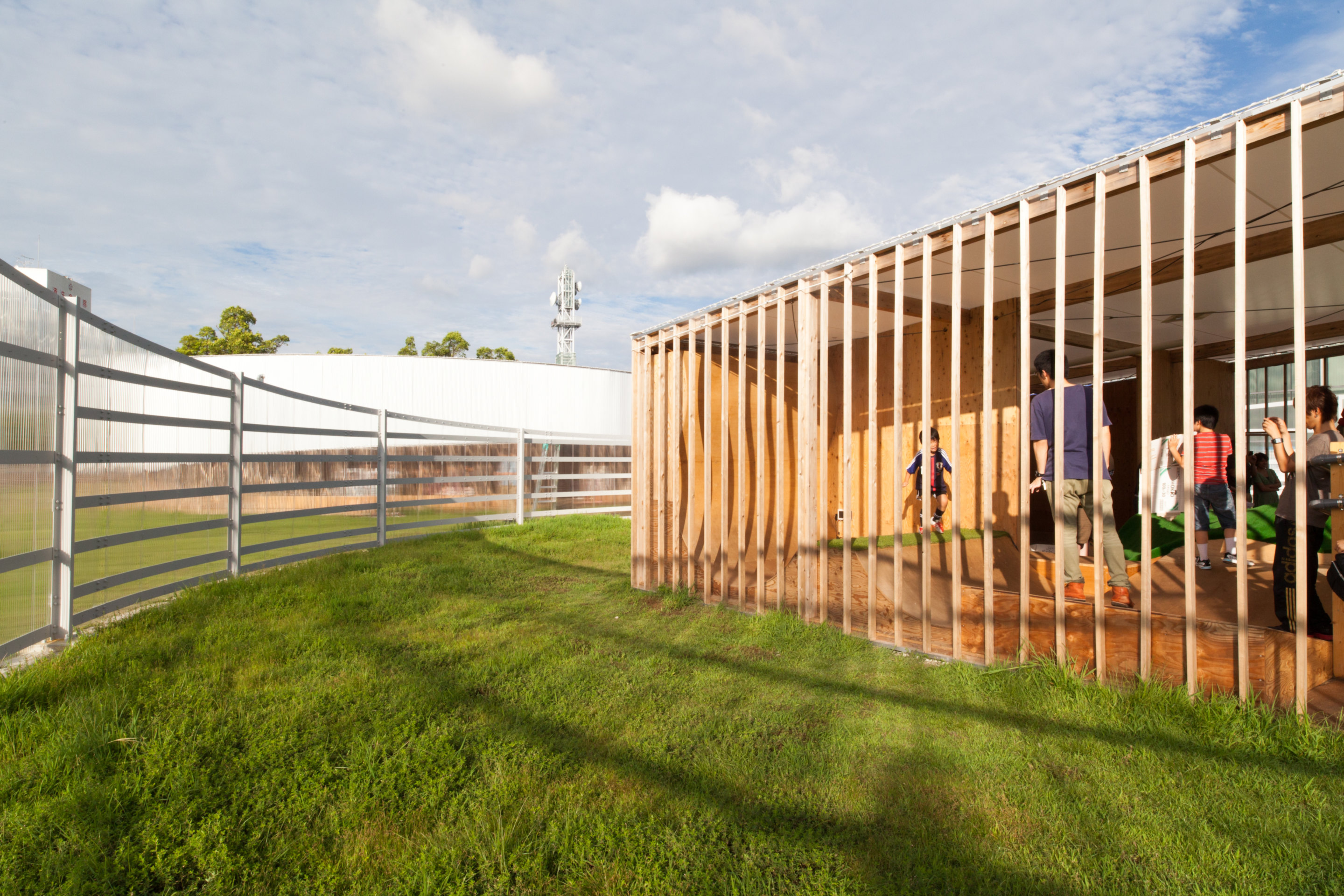
Data
- Location
- Yamaguchi, Japan
- Team
- Hiroi Ariyama, Megumi Matsubara
- Completion year
- 2013
- Exhibition title
- YCAM 10th Anniversary
- Exhibition period
- 26 July – 1 Dec, 2013 / 1 Aug – 31 Aug, 2014
- Client
- Yamaguchi Center for Arts and Media (YCAM)
- Purpose
- Summer indoor play park equipped with media art (temporary building)
- Site area
- 8667 sqm
- Floor area
- 407 sqm
- Structure
- Steel & Wood
- Collaborators
- Daiya Aida, Kiyoshi Suganuma (YCAM)
YCAM InterLab
Structural engineer: Tokyo University of the Arts, Kanada Structural Design Lab / Mitsuhiro Kanada & Miki Ozeki - Photographers
- YCAM, ASSISTANT
- Urls
- YCAM 10th Anniversary
10+1 On Memorable Architecture 2013-2014: Jo Toda
On the vast lawn of the Yamaguchi Center for Arts and Media (YCAM) forecourt, Megumi Matsubara & Hiroi Ariyama of the Japanese architecture firm Assistant designed two pavilions where children can play over the summer. The project was commissioned by YCAM to celebrate their 10th anniversary and made in collaboration with the YCAM’s educational program team. YCAM is well known for introducing the most cutting-edge in the spheres of Arts and Media in Japan and abroad, serving as an artistic platform for sharing IT-based media technology, theatre and dance performances, art exhibitions, and more. The pavilions each feature a circular garden in which a variety of elements commingle; the sun, the earth, the air, visual images and sound. The pavilions encourage children to leave the media environment in the YCAM building and interact with the immediate surroundings, including natural light, wind, touching directly soil and plants, feeling the sky and birds mixed with the high-tech media technology. The boundaries between children’s experiences inside the pavilions and the ones induced by playground tools are blurred. The architecture and the playground equipments are given an equal weight and together define the whole environment.
The circular shape dilutes one’s sense of direction. The two pavilions’ structures both contain the void reversing each other’s plan: one holds the void at the centre, while the other is circled by the void. It is those voids that welcome wind and light into the space, heightening children’s awareness towards subtle natural phenomena that surround them.
Images
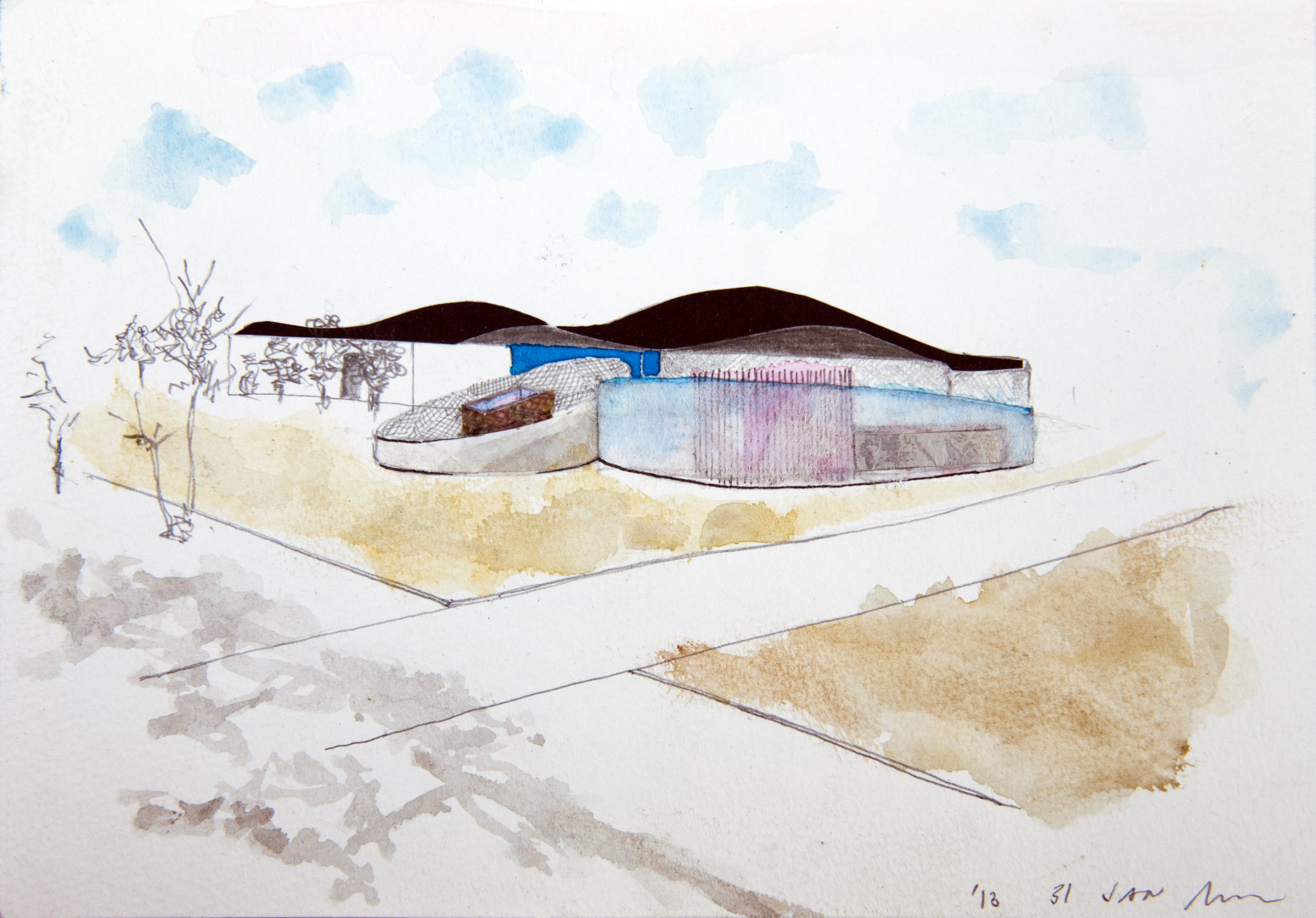
Sketch
Photo © ASSISTANT
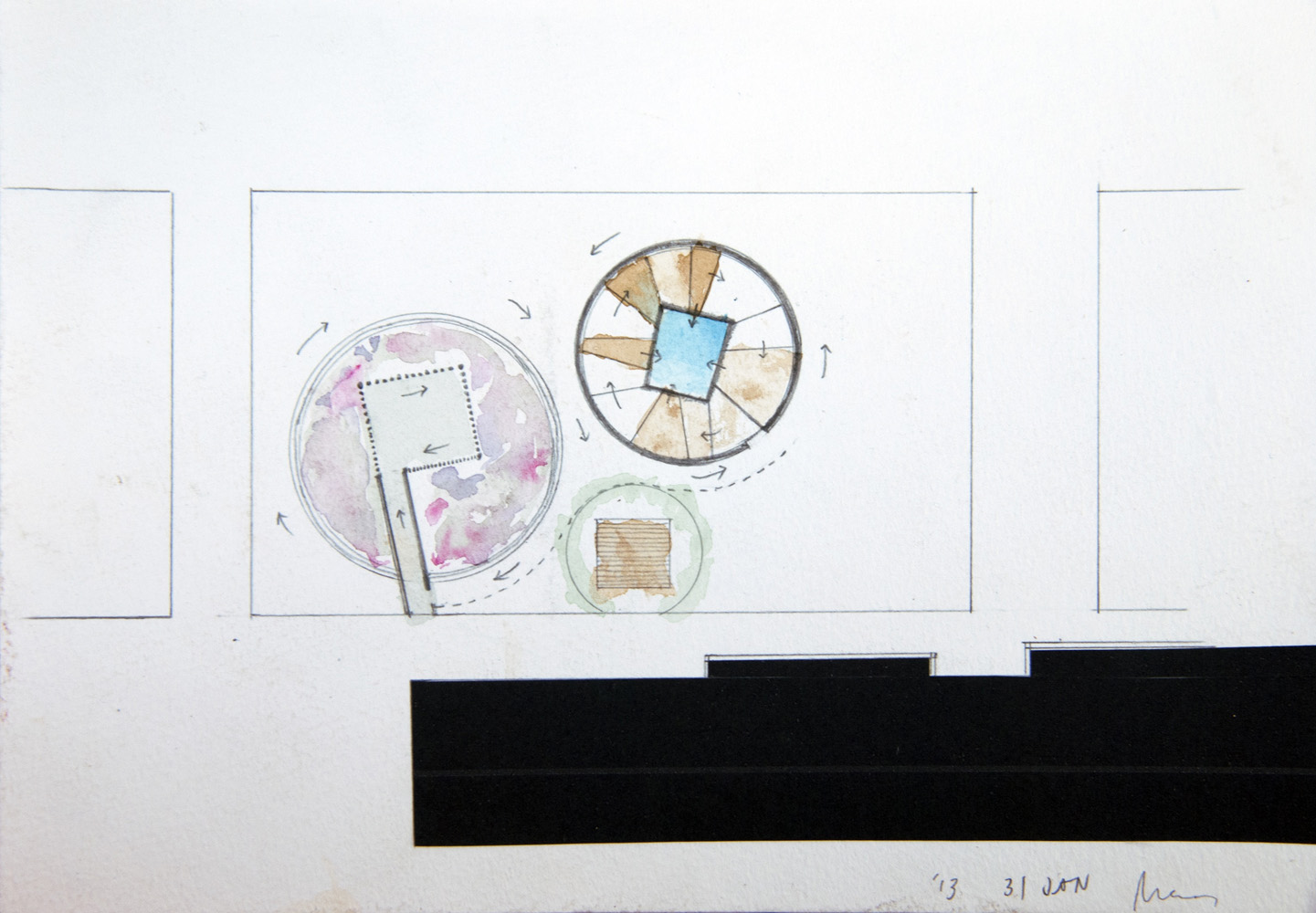
Sketch
Photo © ASSISTANT
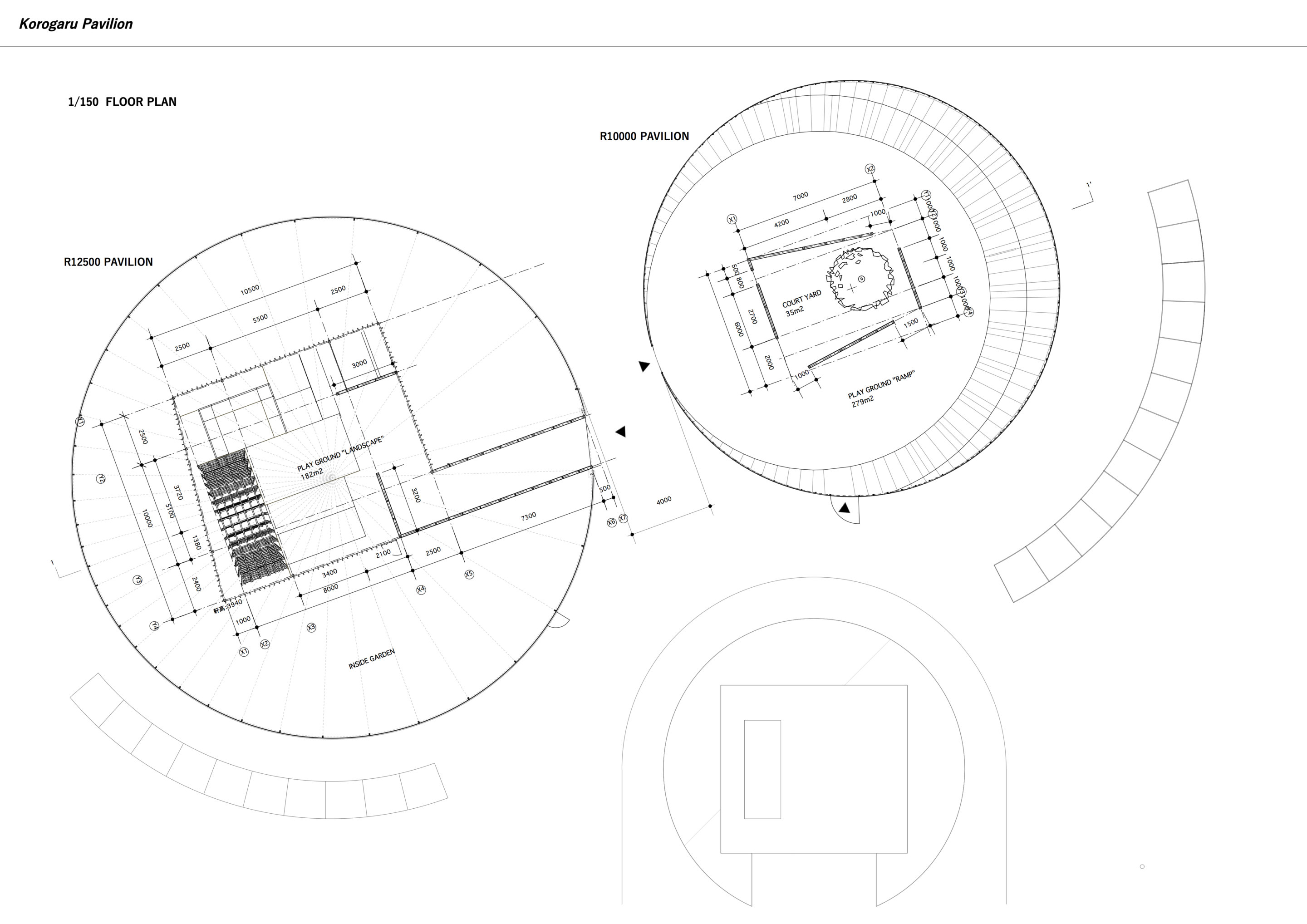
Architecturedrawing, floor plan
Photo © ASSISTANT
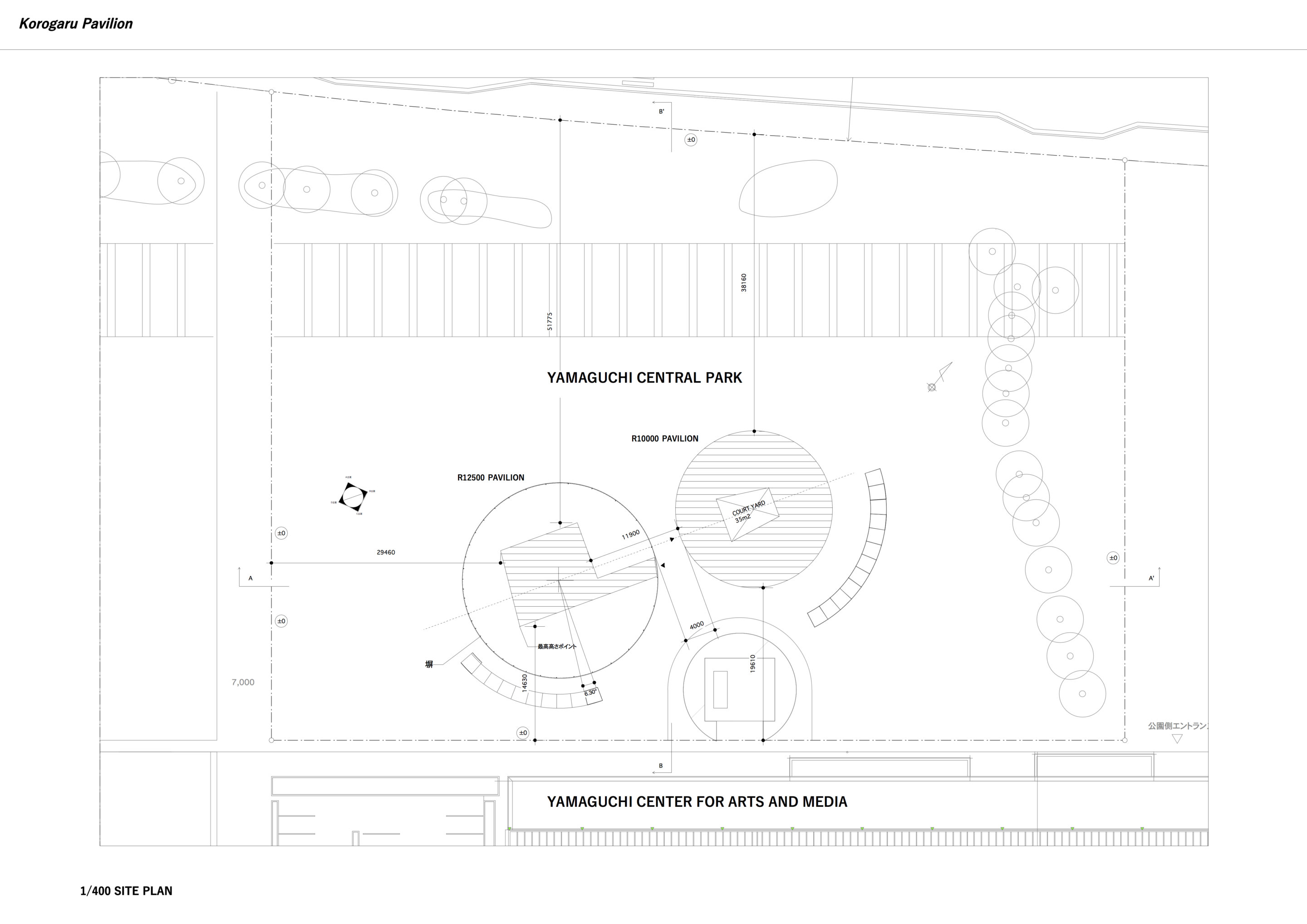
Architecturedrawing, site plan
Photo © ASSISTANT
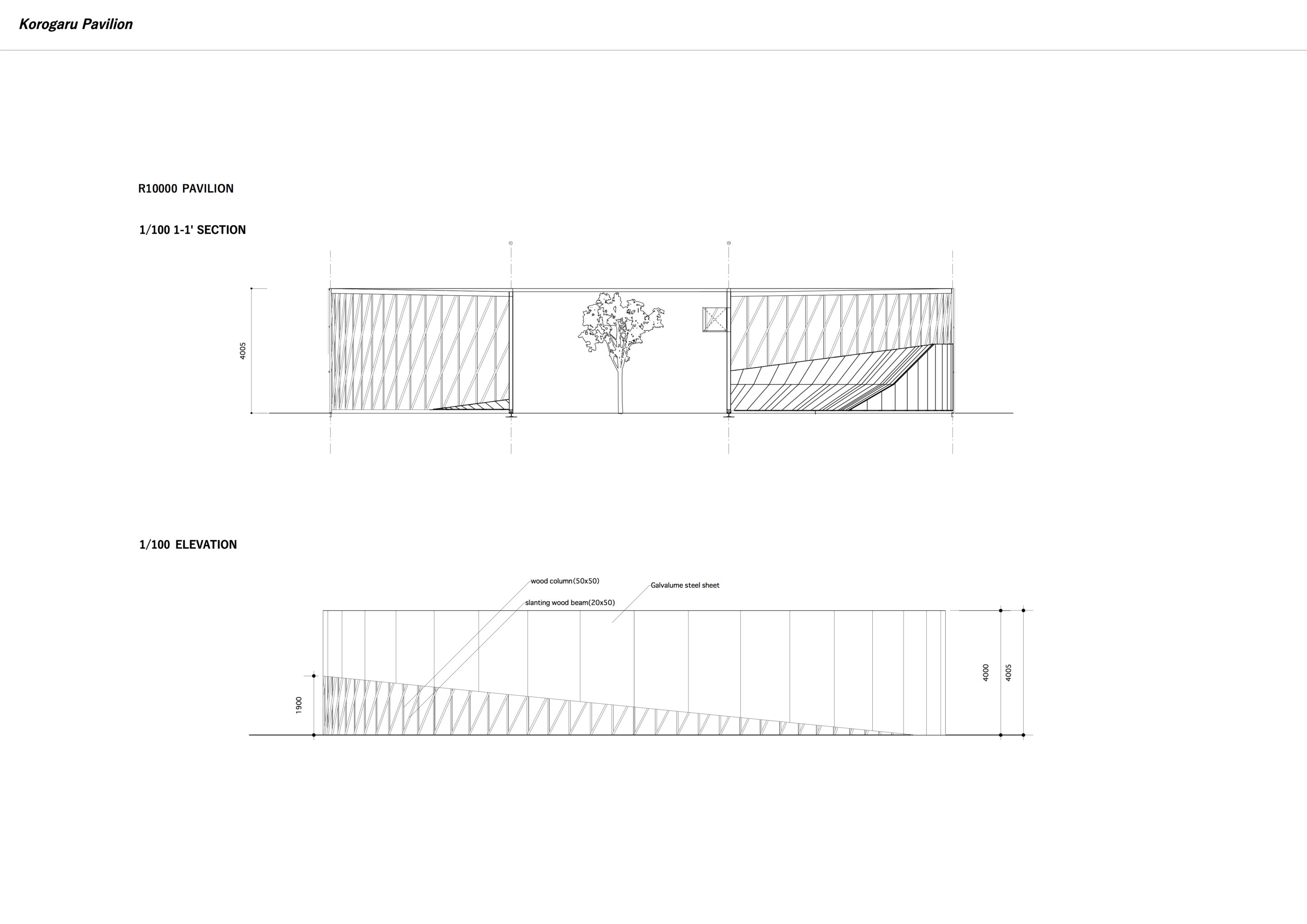
Architecturedrawing, cross section/elevation
Photo © ASSISTANT
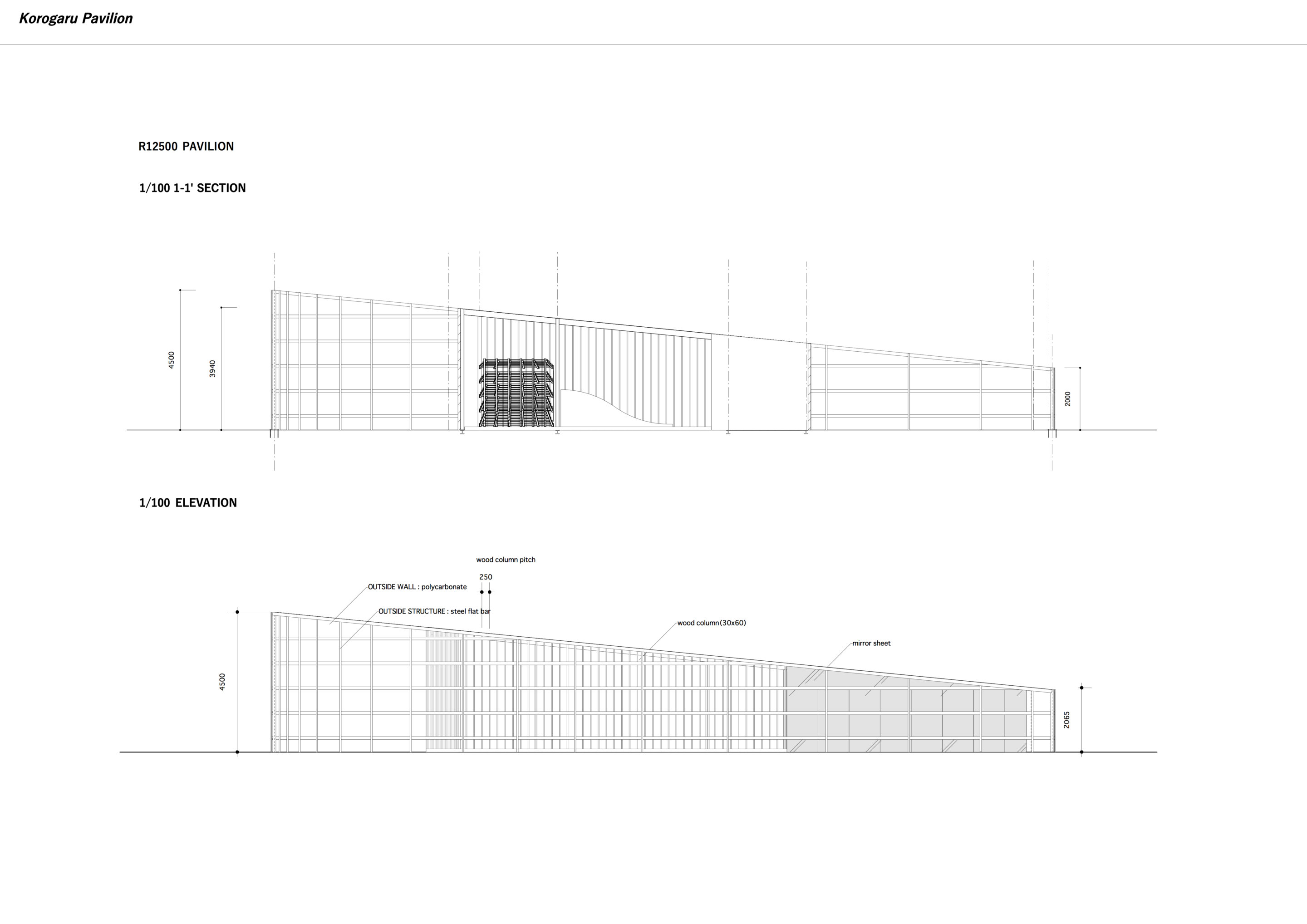
Architecturedrawing, cross section/elevation
Photo © ASSISTANT
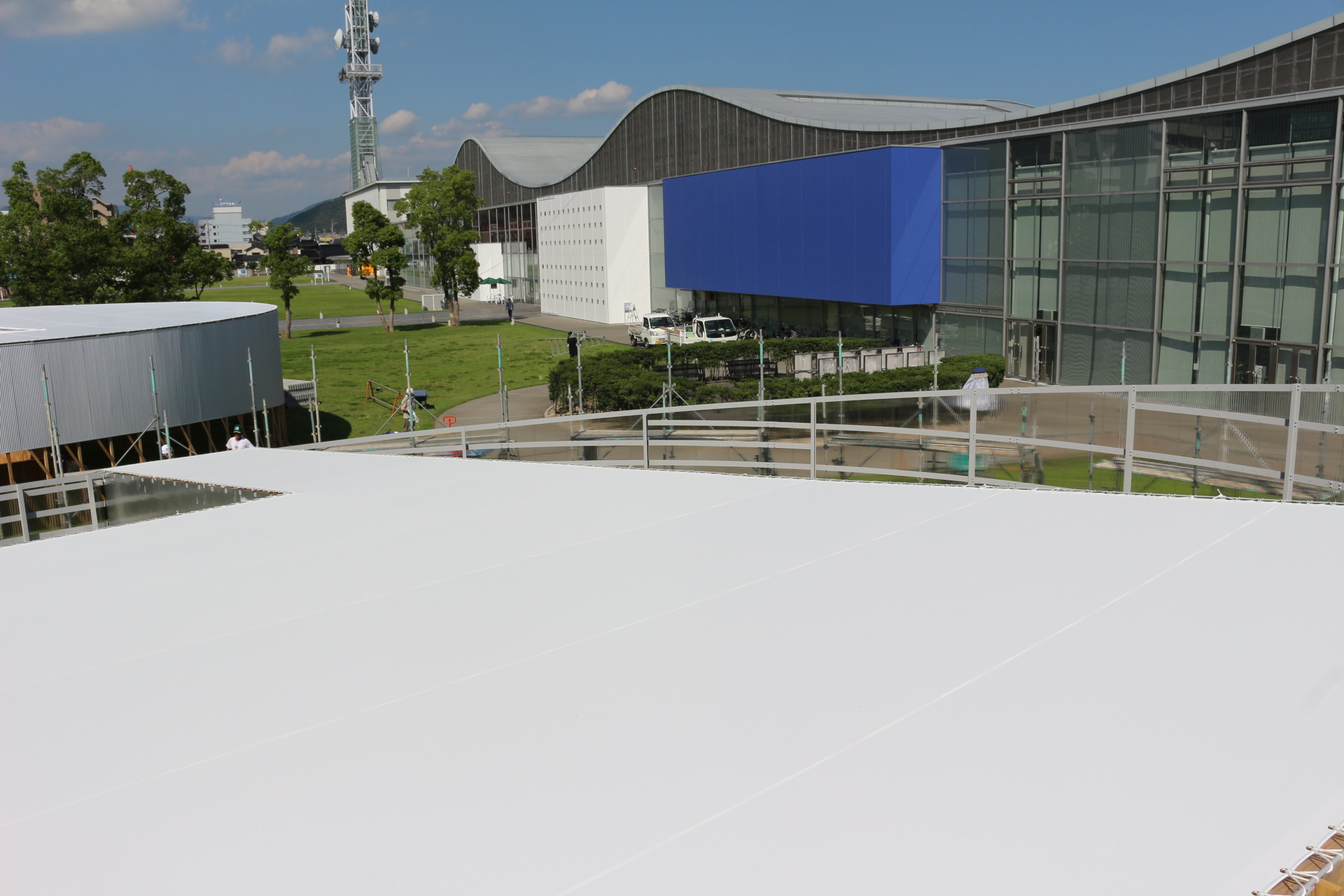
Construction photo.
Photo © YCAM
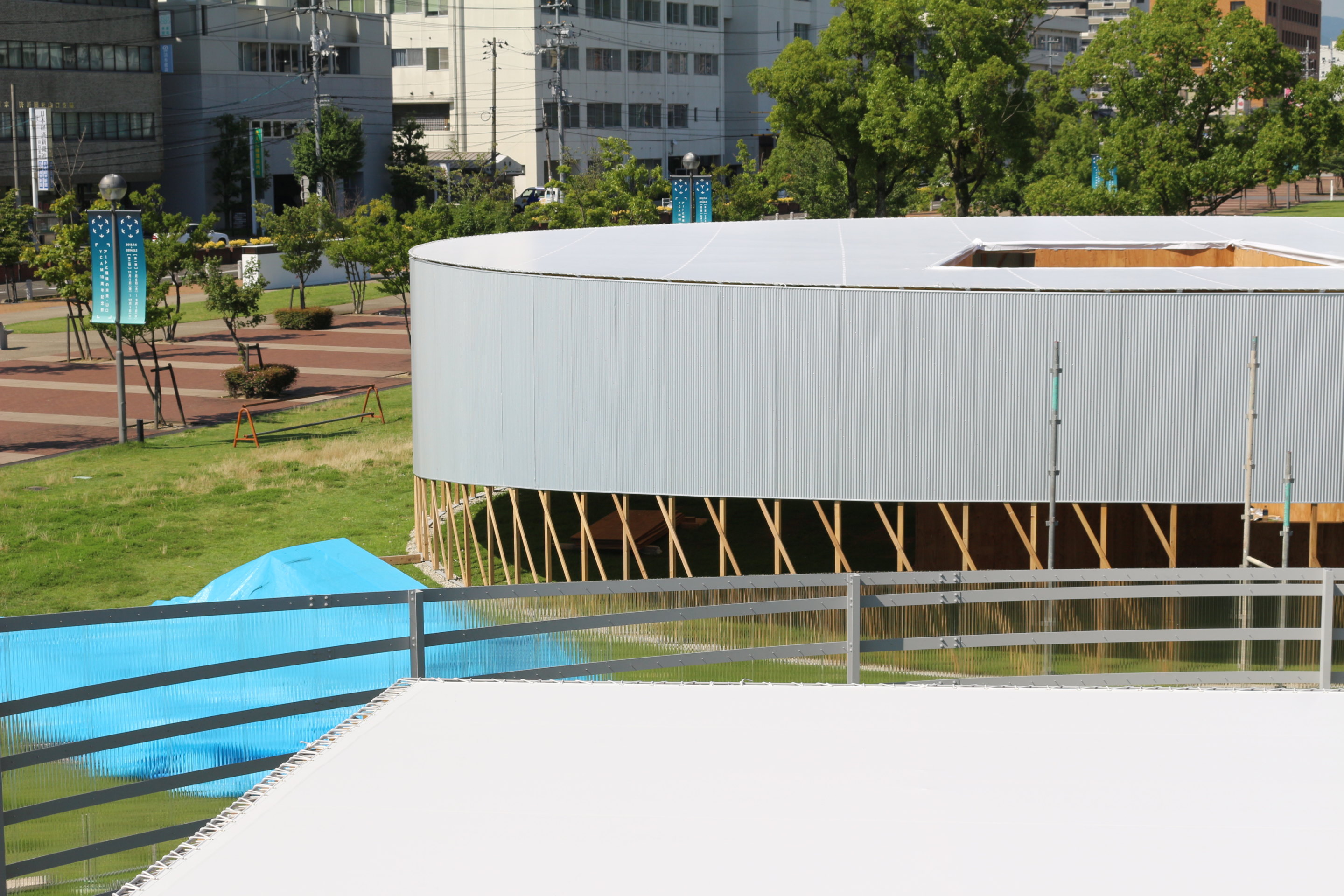
Construction photo.
Photo © YCAM
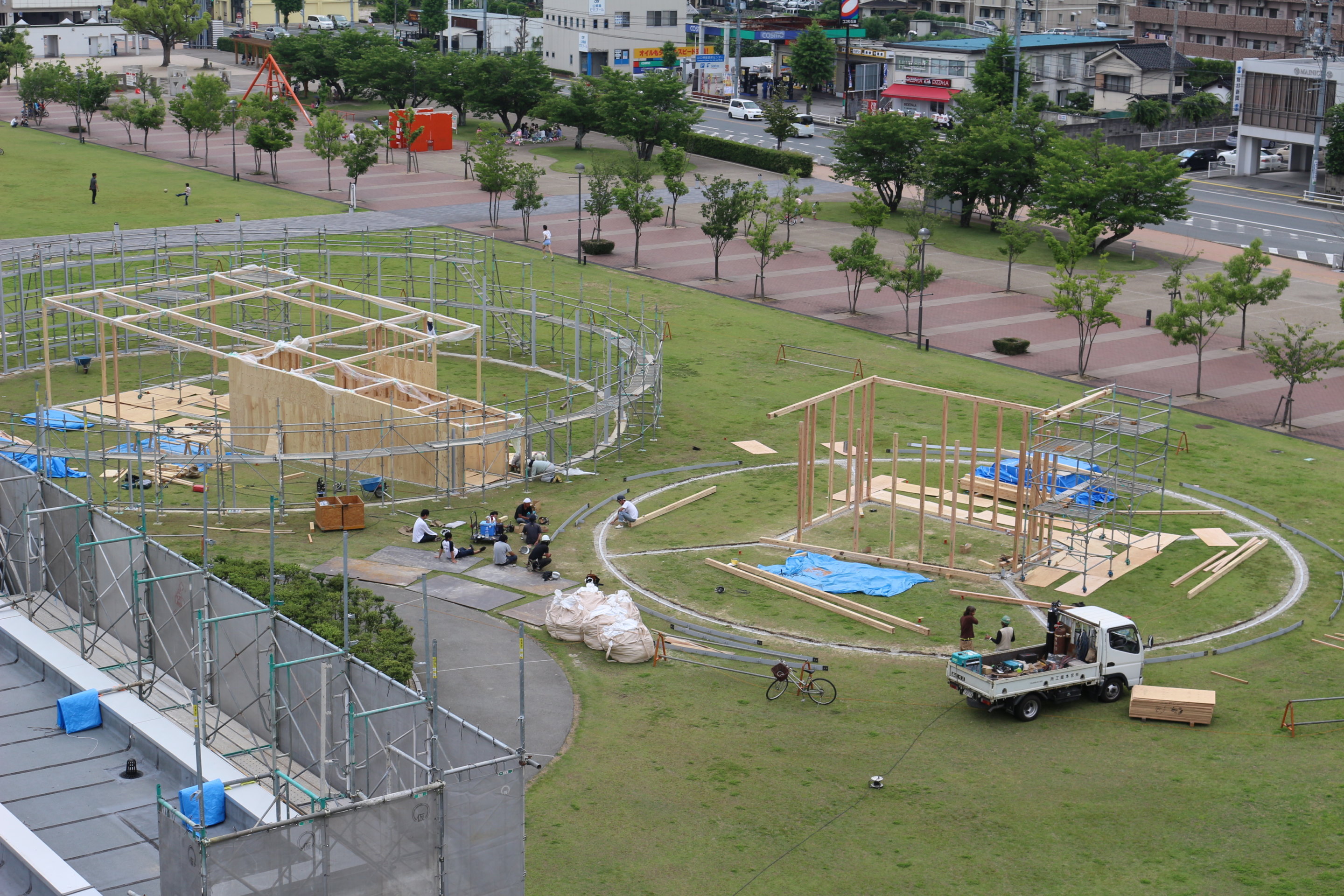
Construction photo.
Photo © YCAM
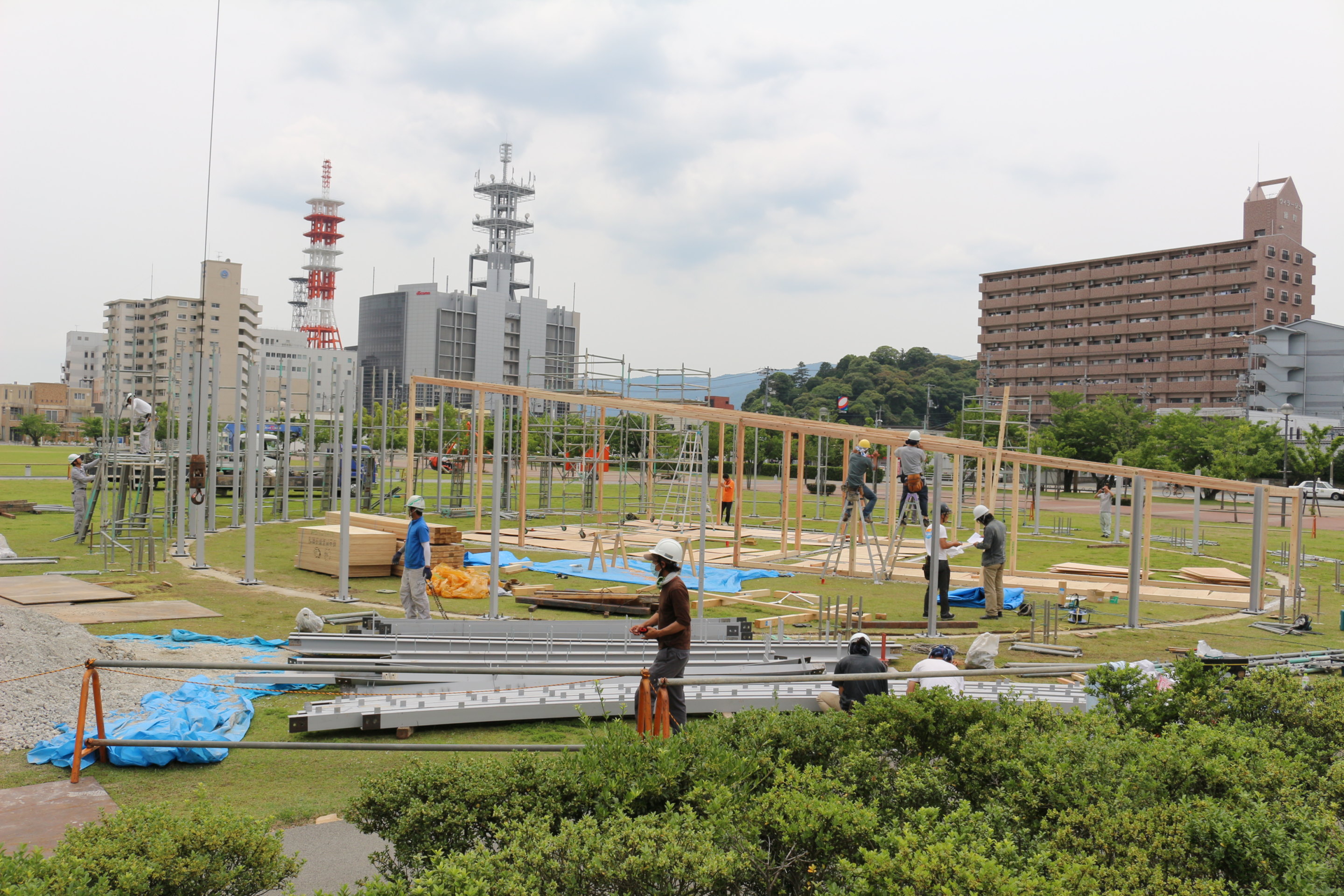
Construction photo.
Photo © YCAM
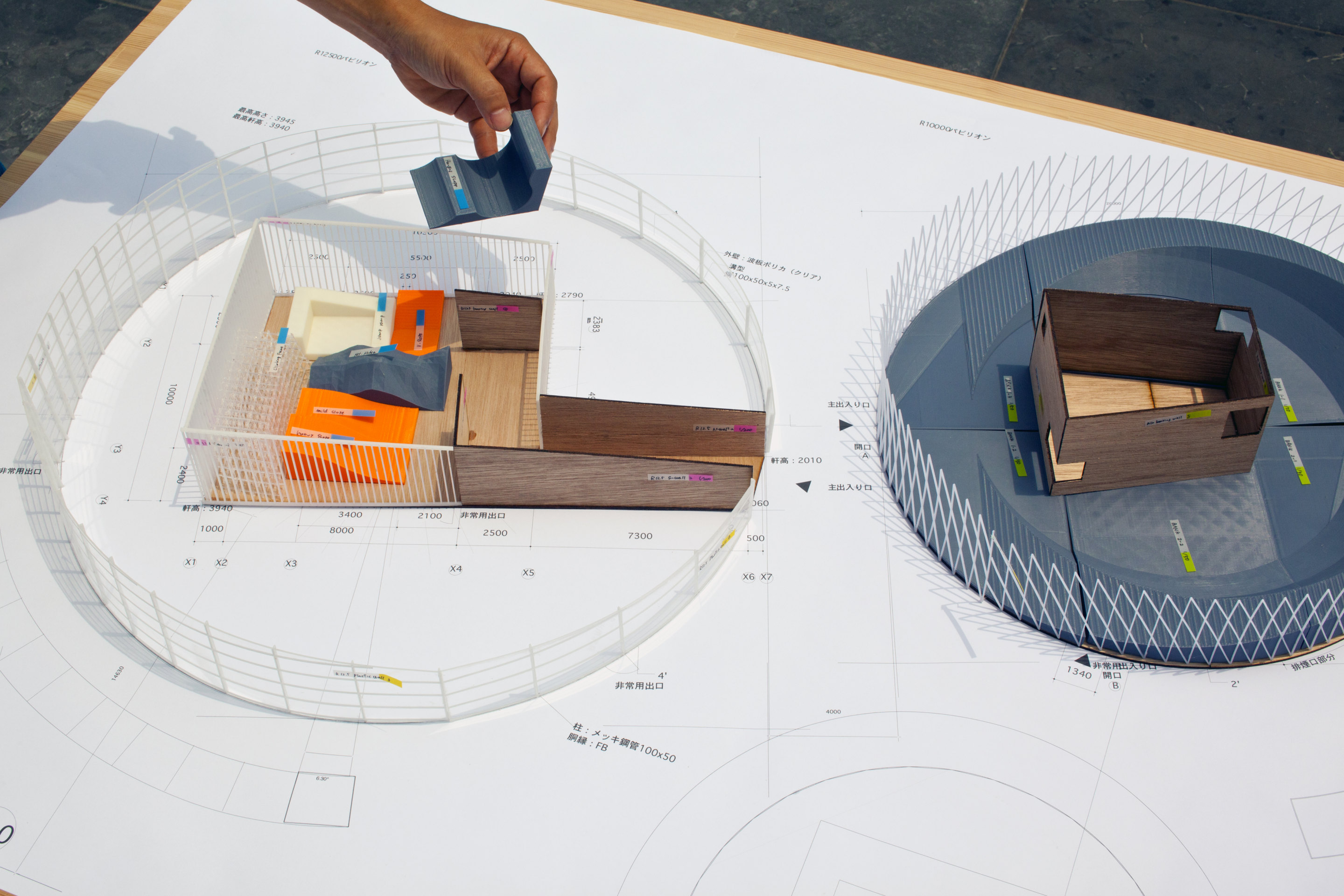
3D print model
Photo © ASSISTANT
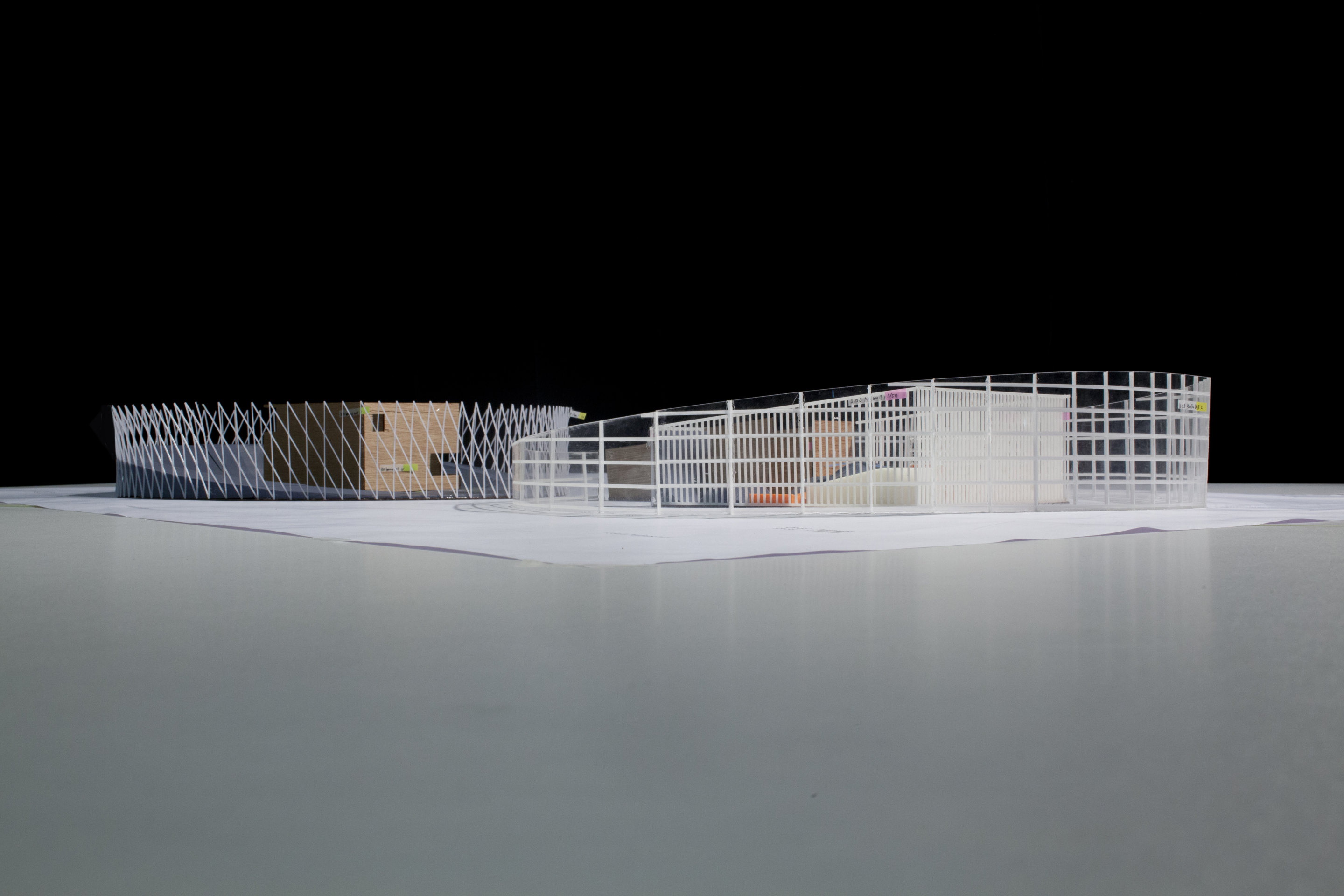
3D print model
Photo © ASSISTANT
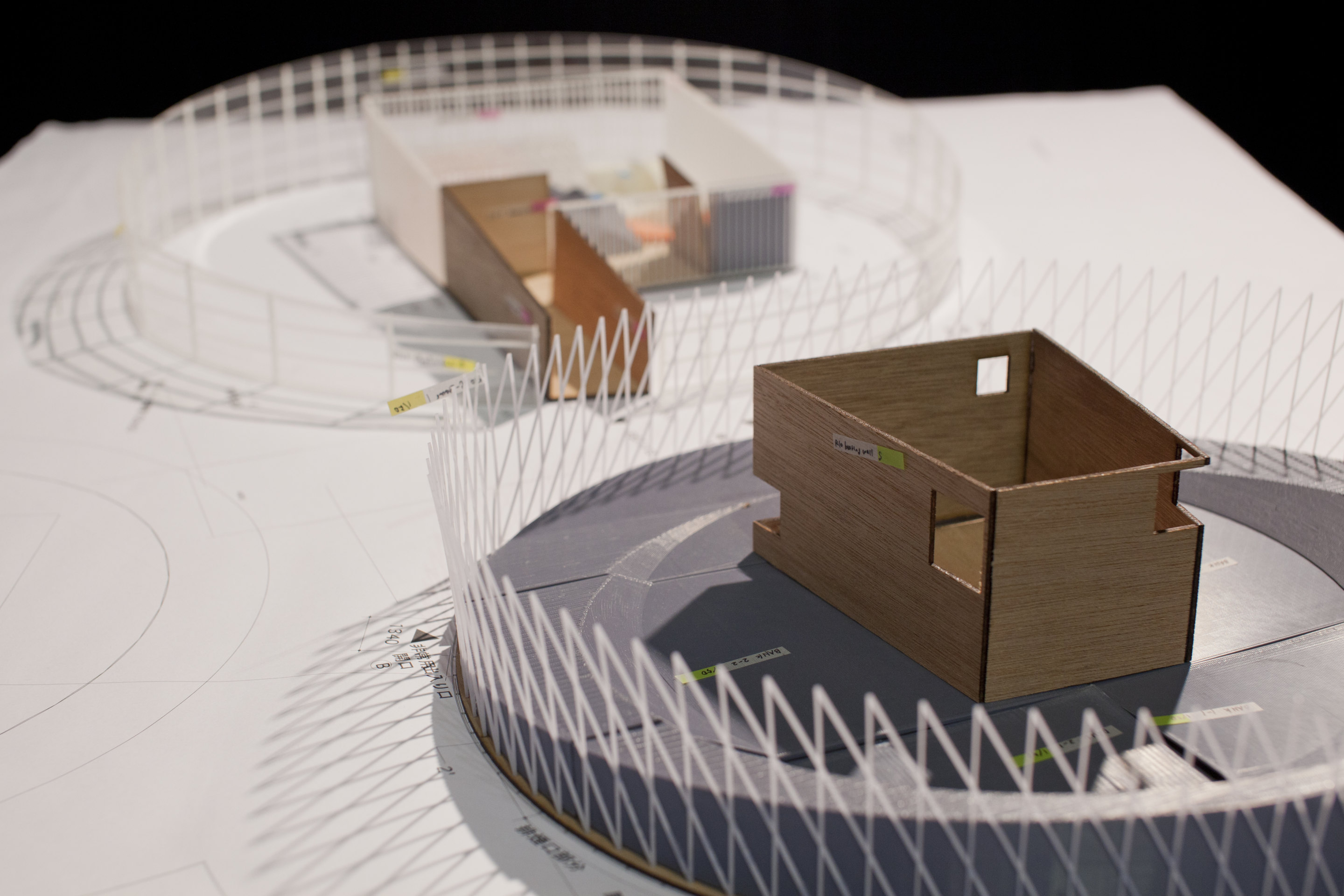
3D print model
Photo © ASSISTANT
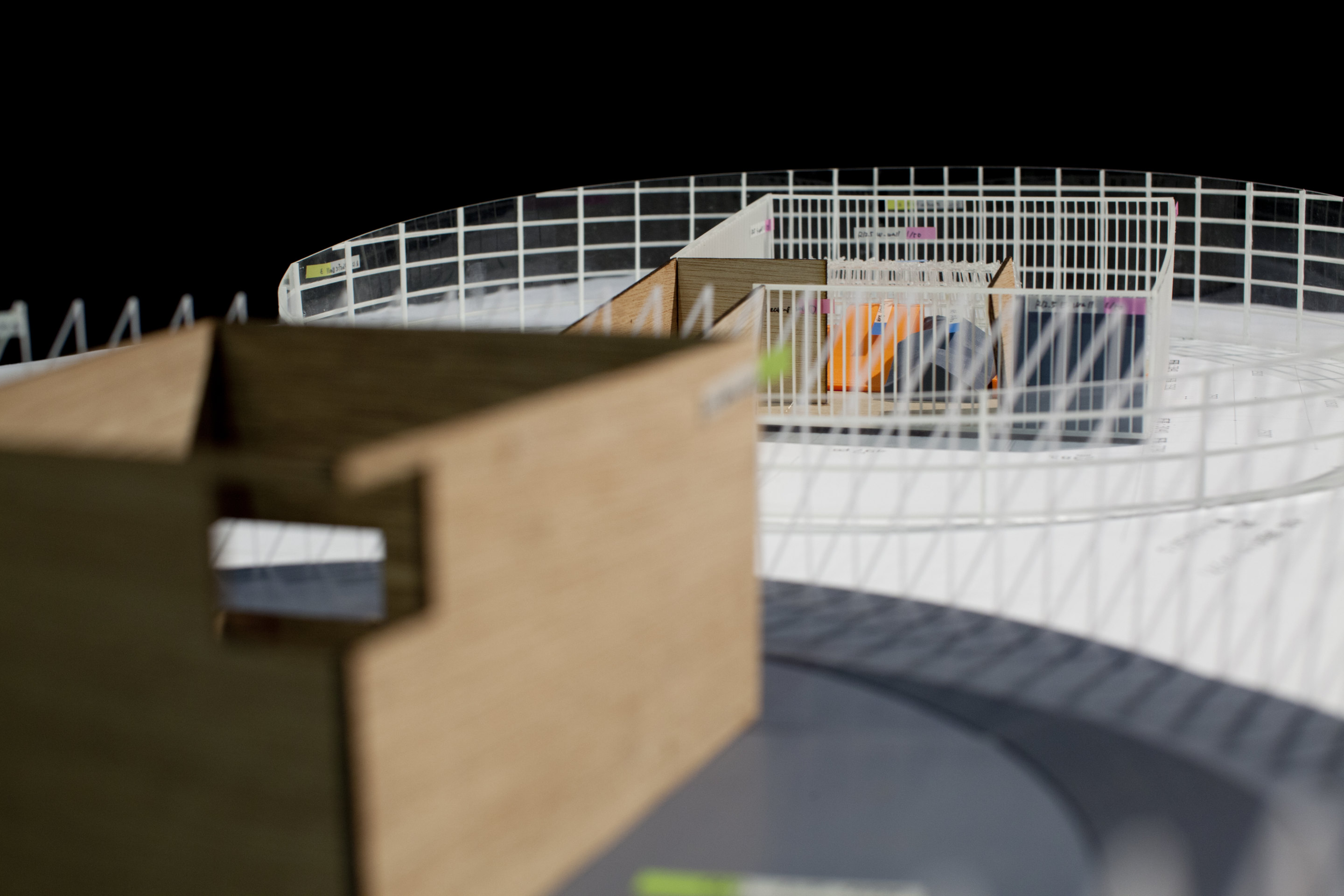
3D print model
Photo © ASSISTANT
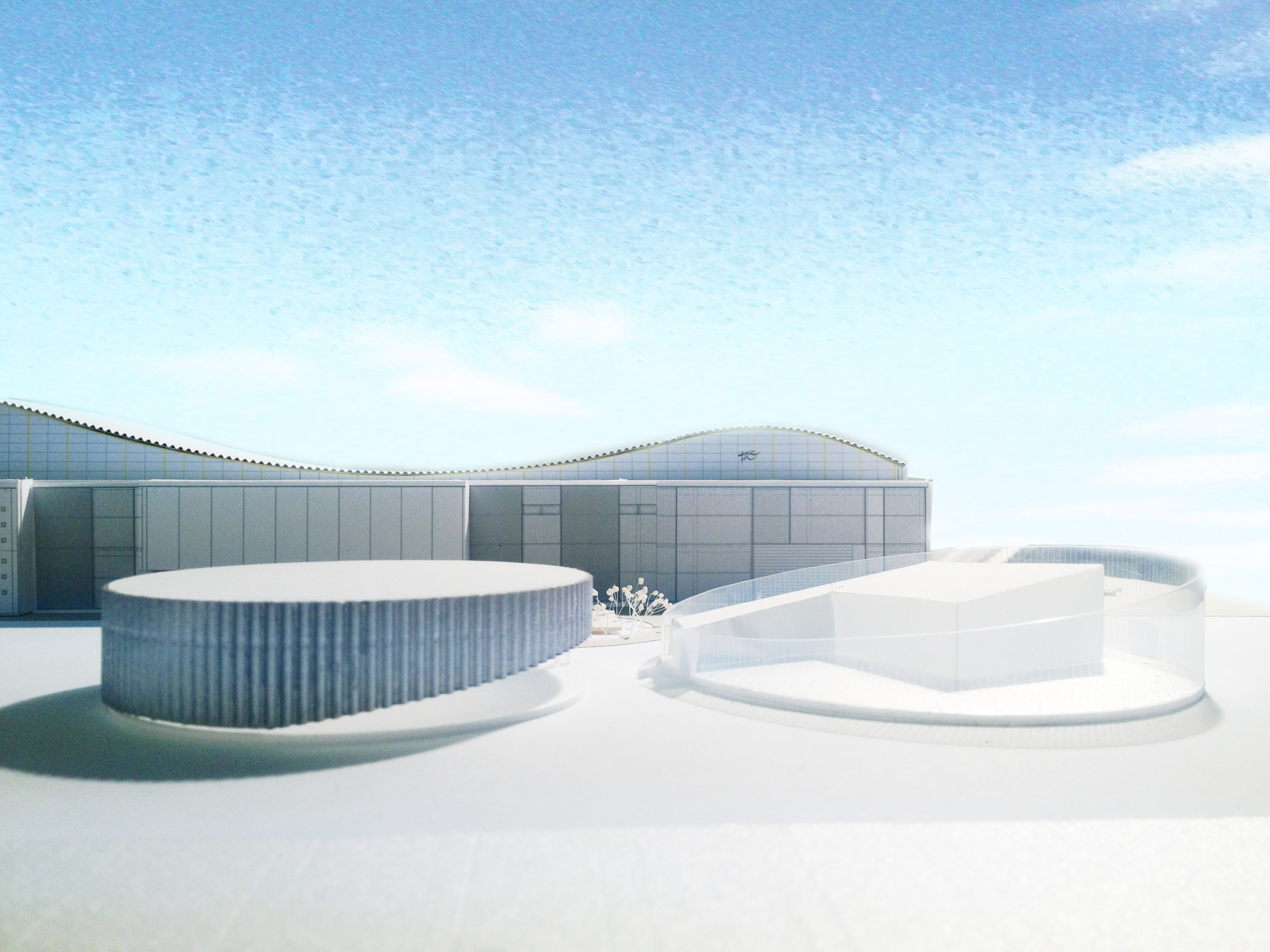
Model image
Photo © ASSISTANT
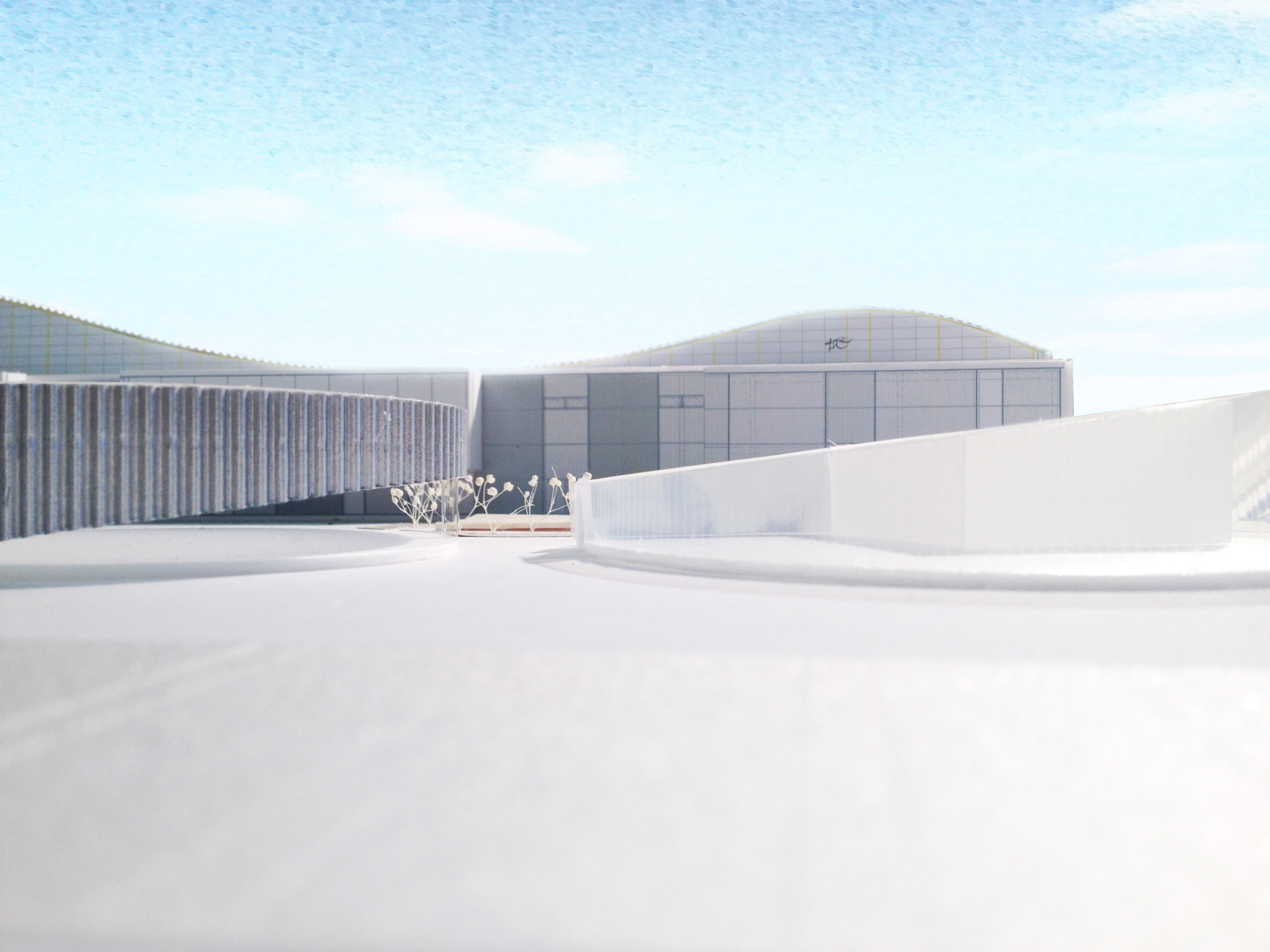
Model image
Photo © ASSISTANT
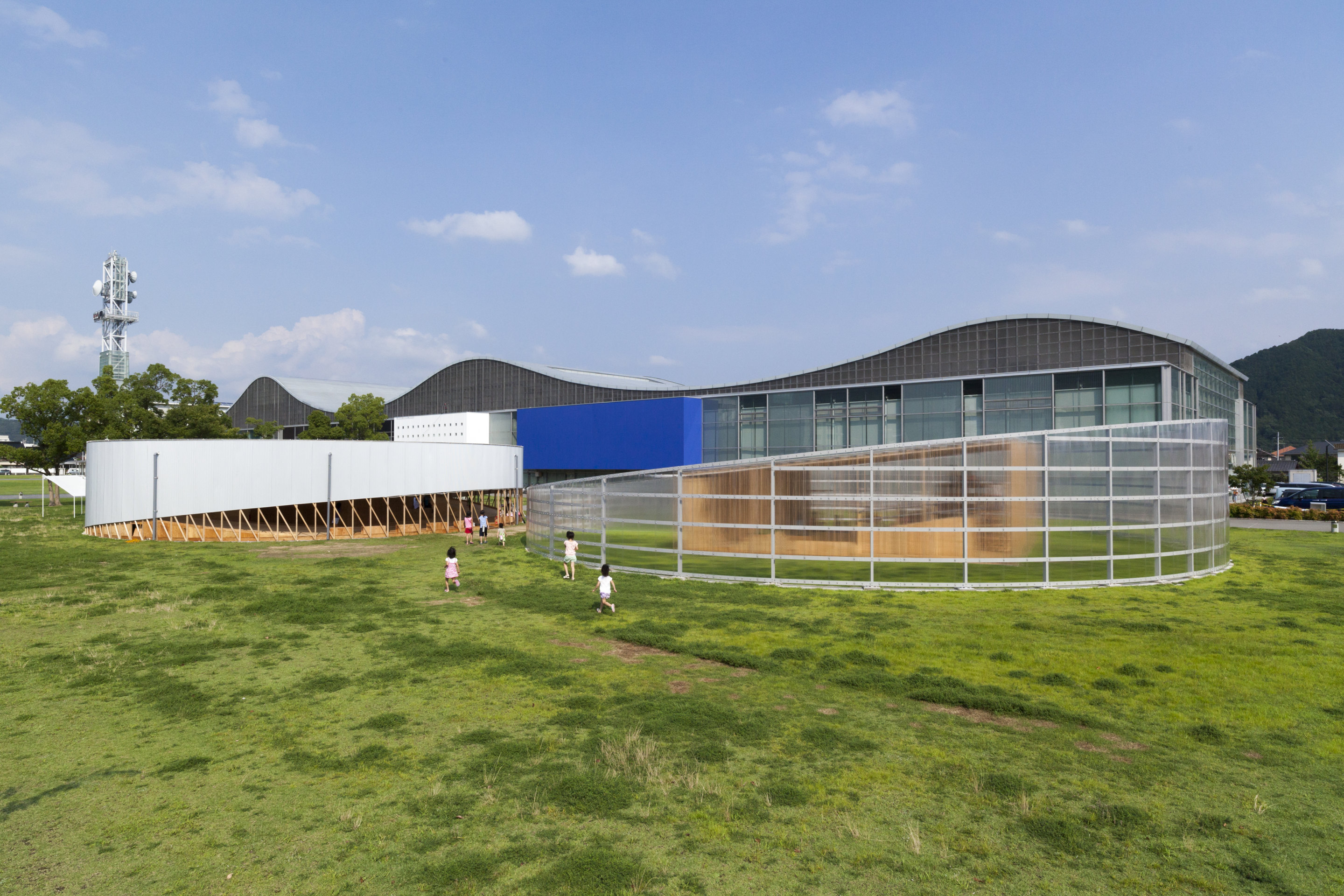
Photo © YCAM
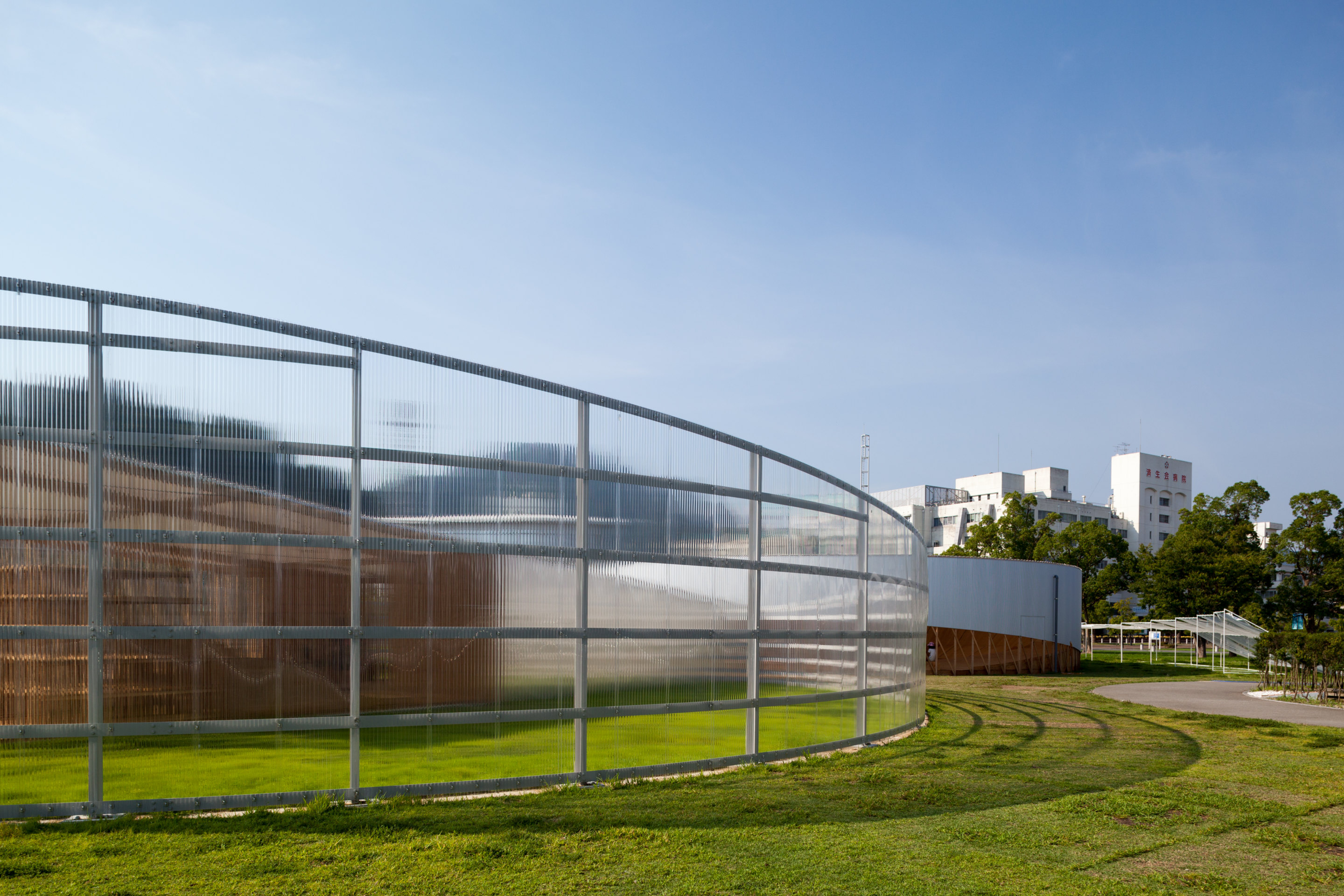
Photo © YCAM
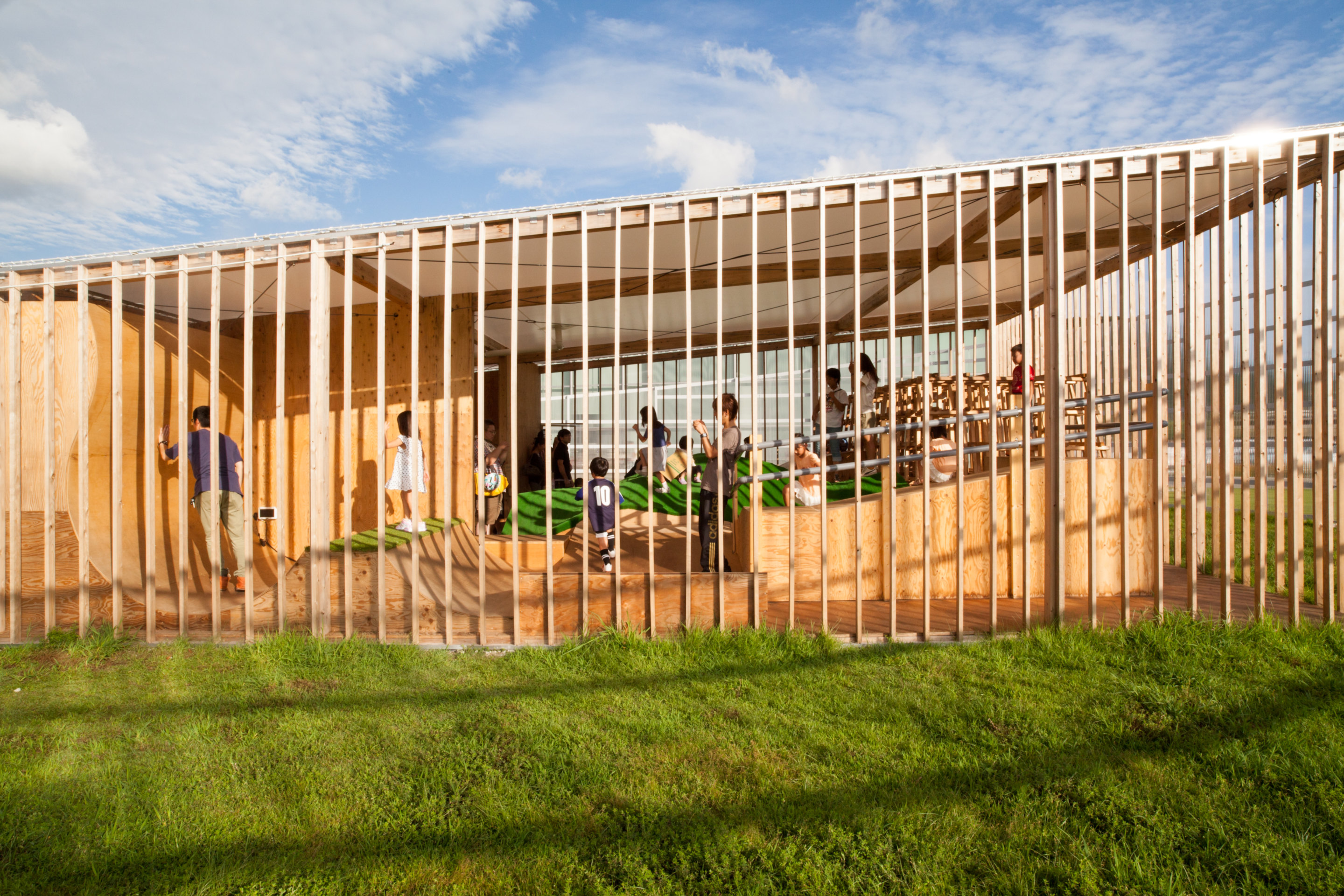
Photo © YCAM
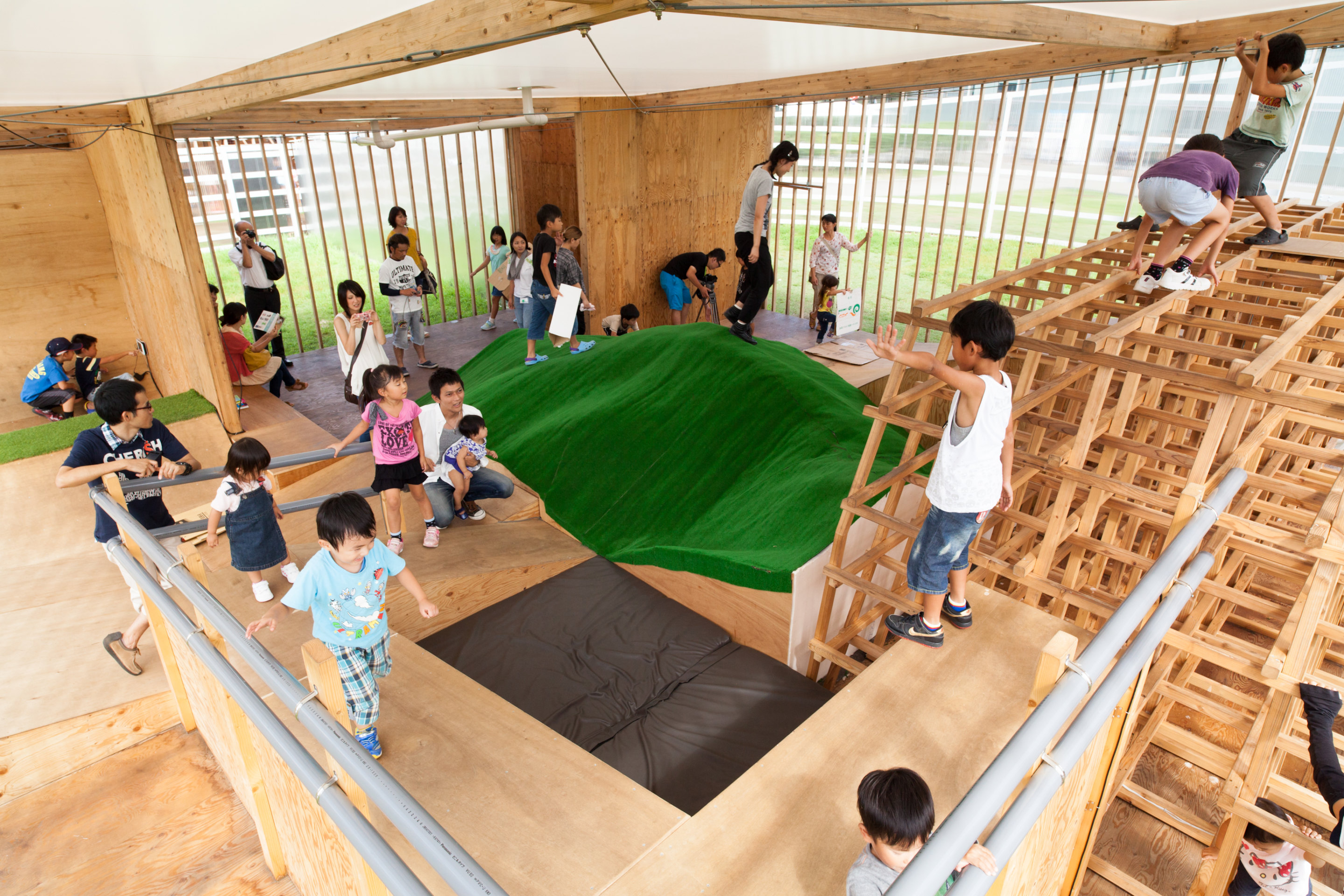
Photo © YCAM
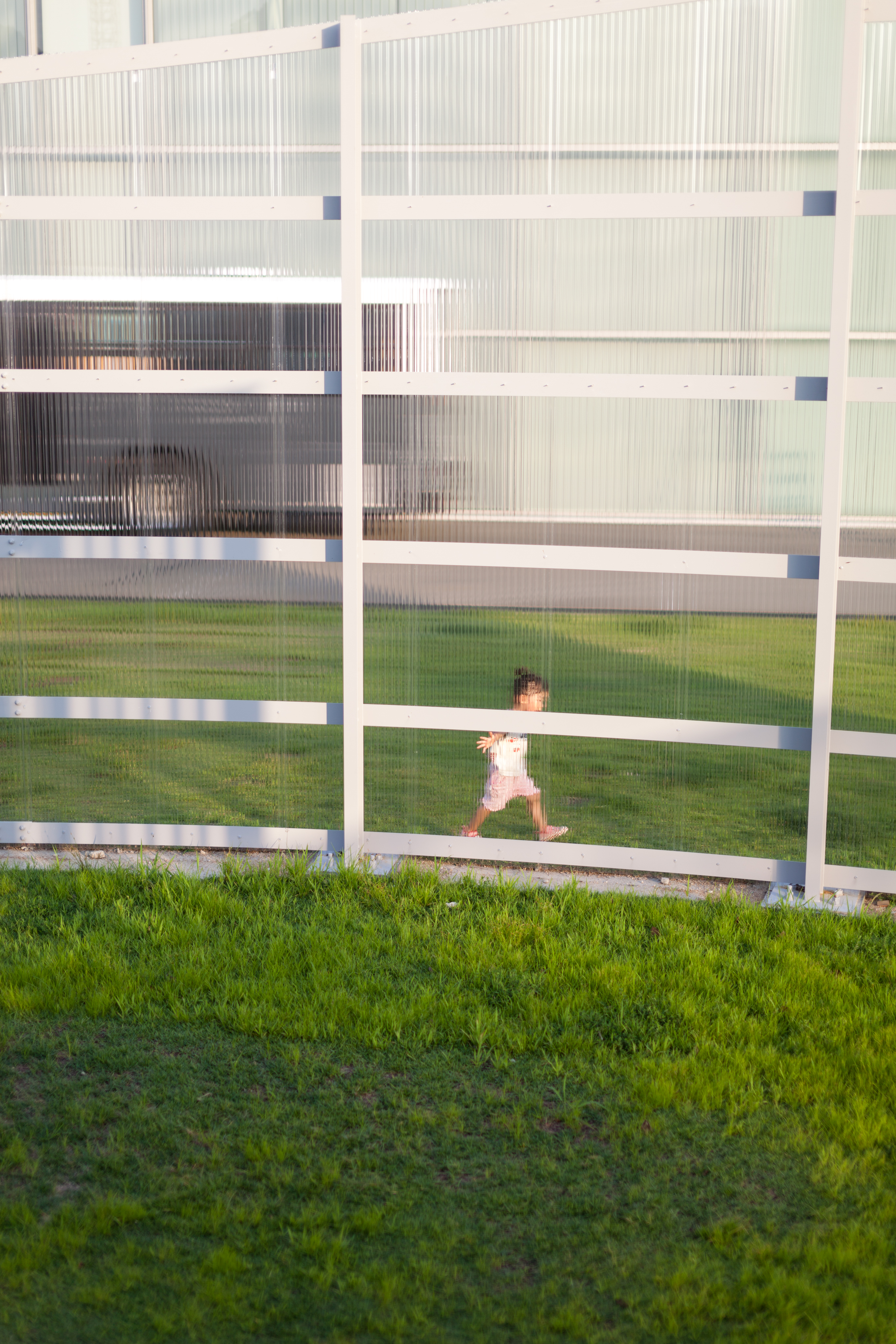
Photo © YCAM
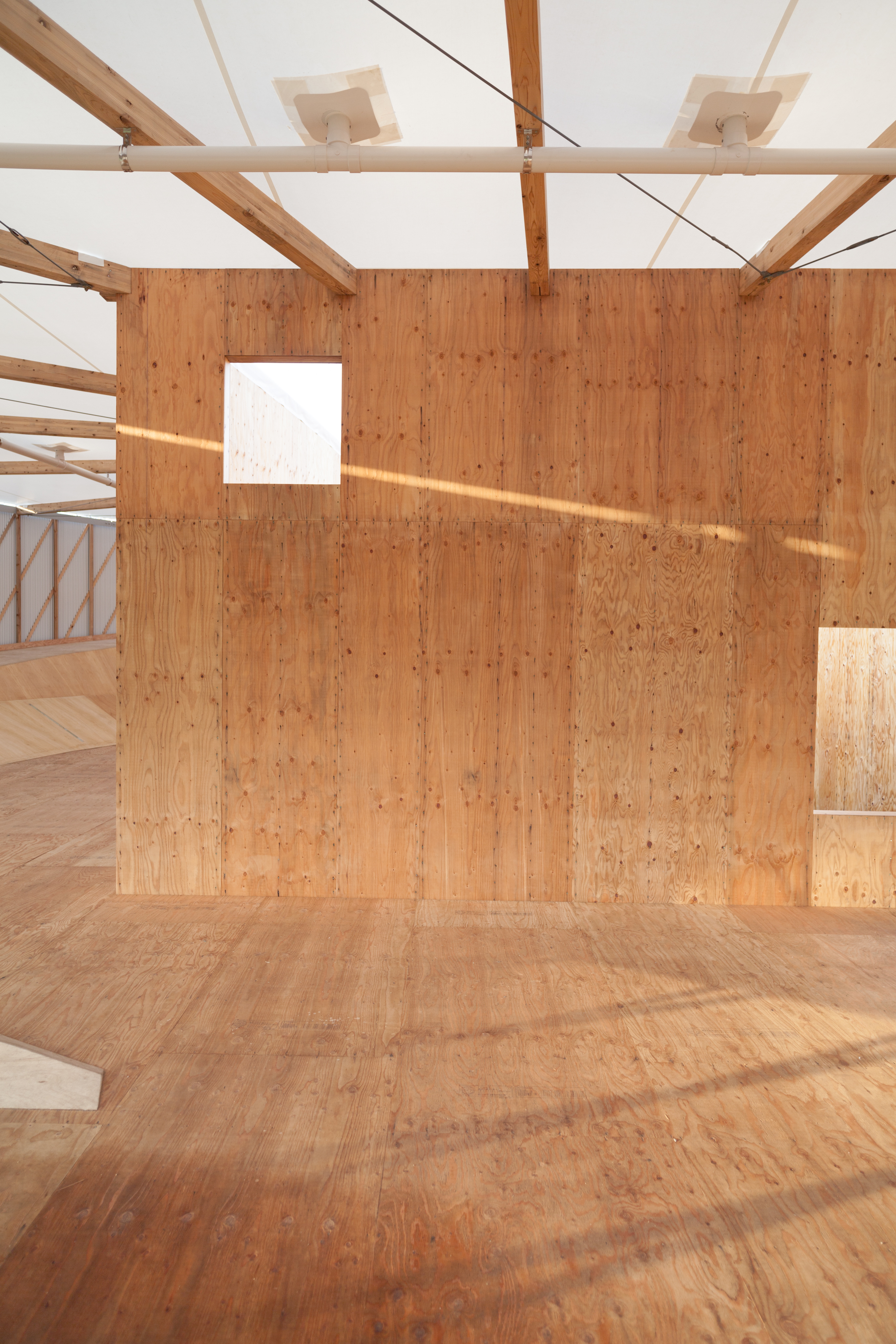
Photo © YCAM
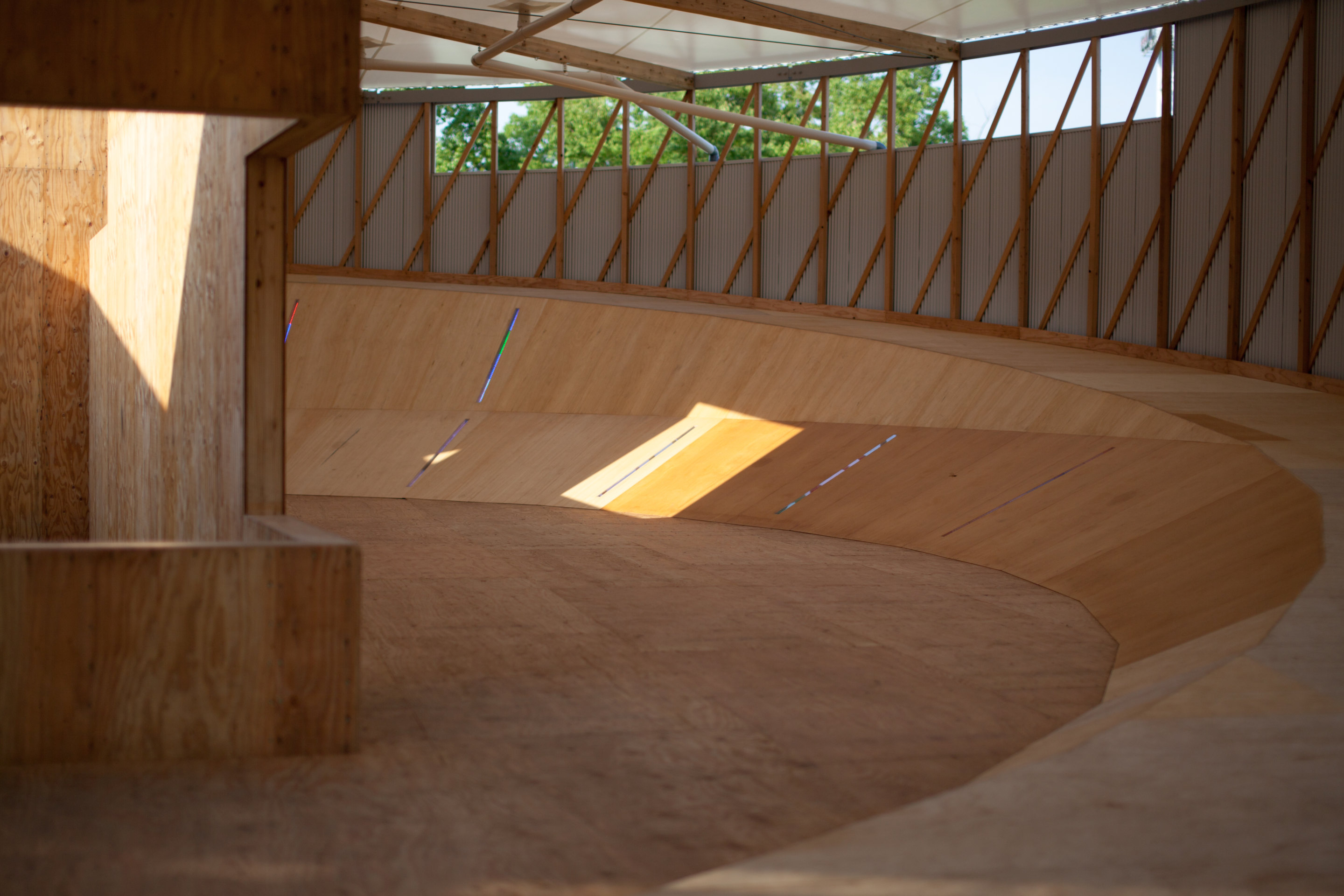
Photo © YCAM
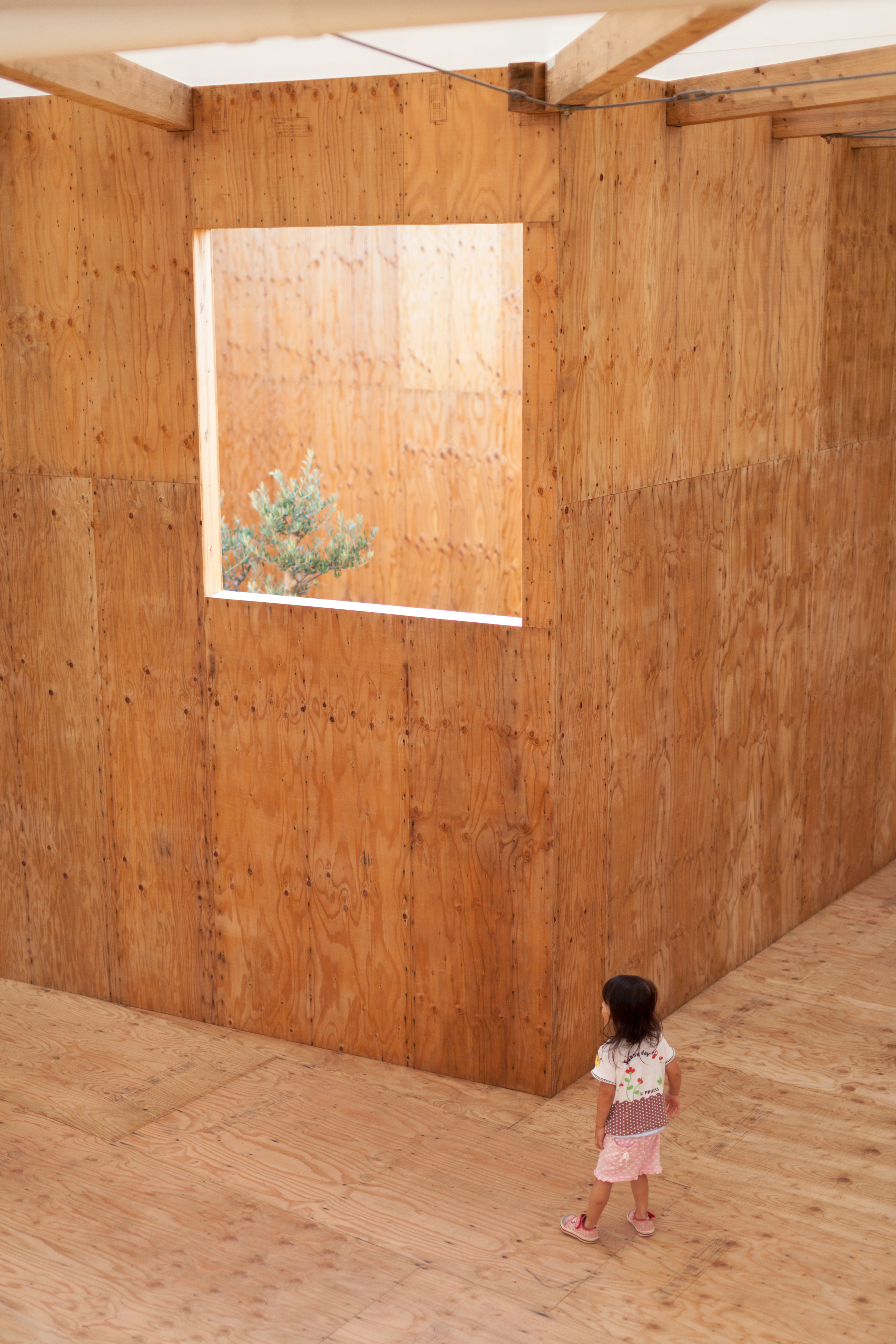
Photo © YCAM
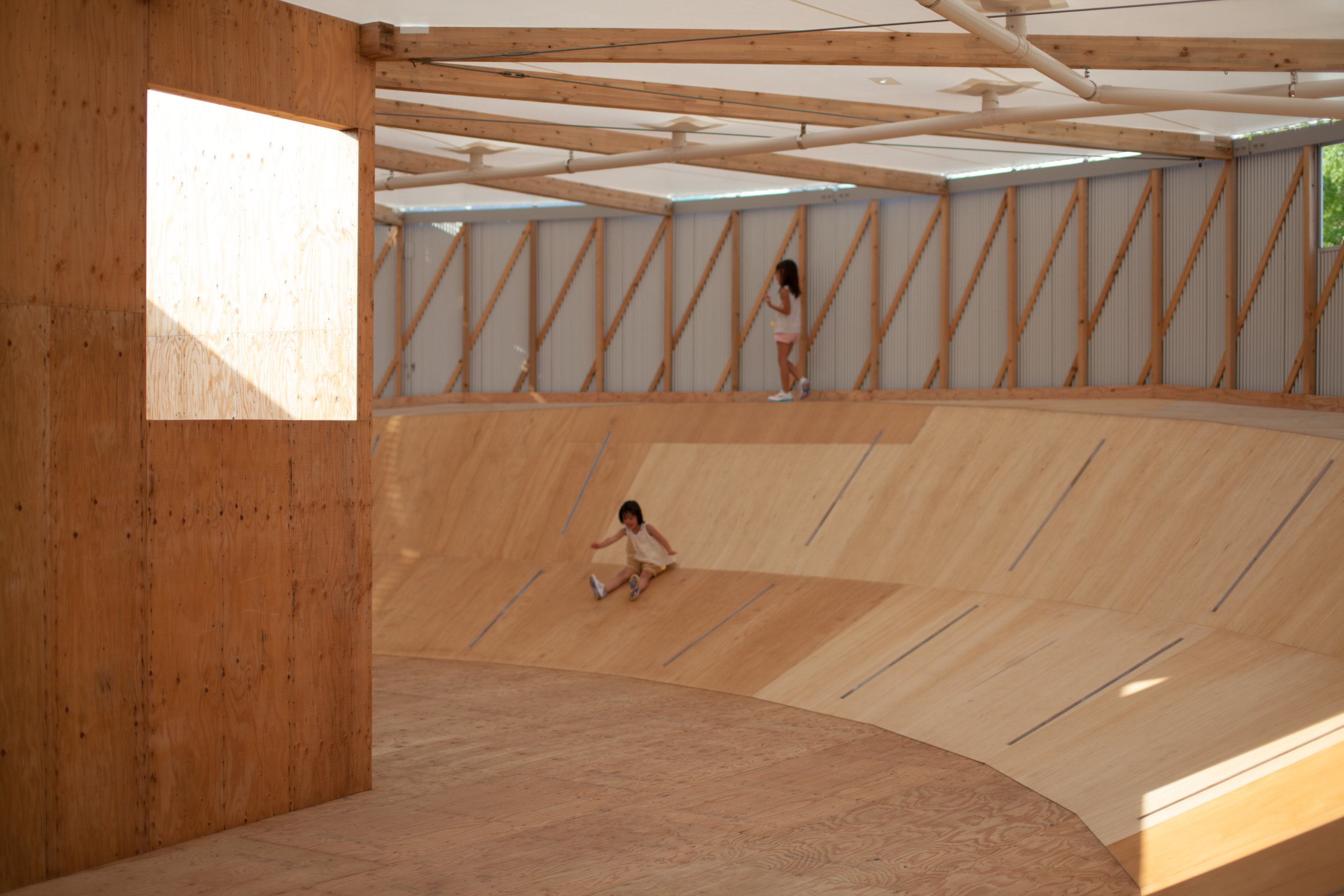
Photo © YCAM
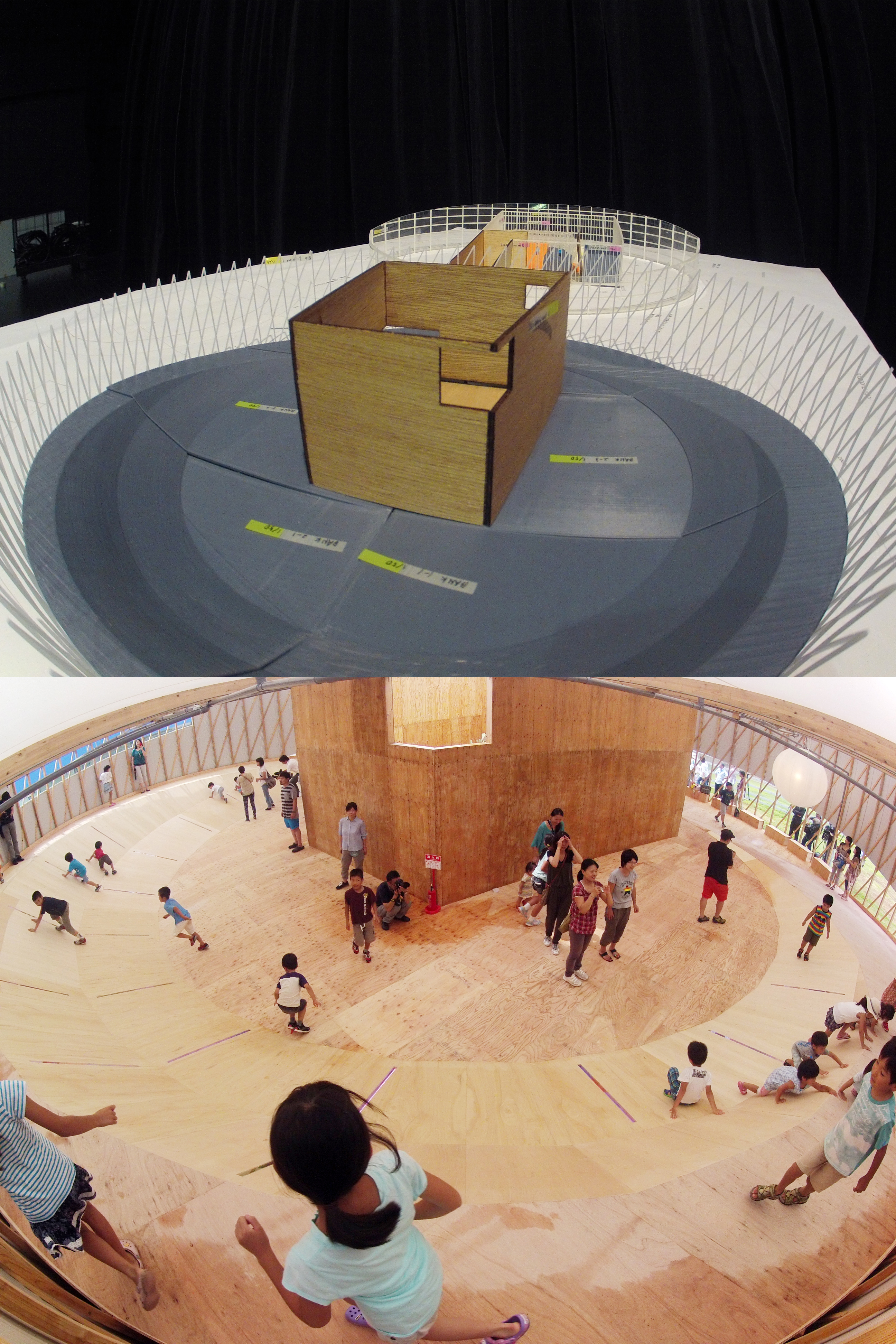
DCIM100GOPRO
Photo © YCAM
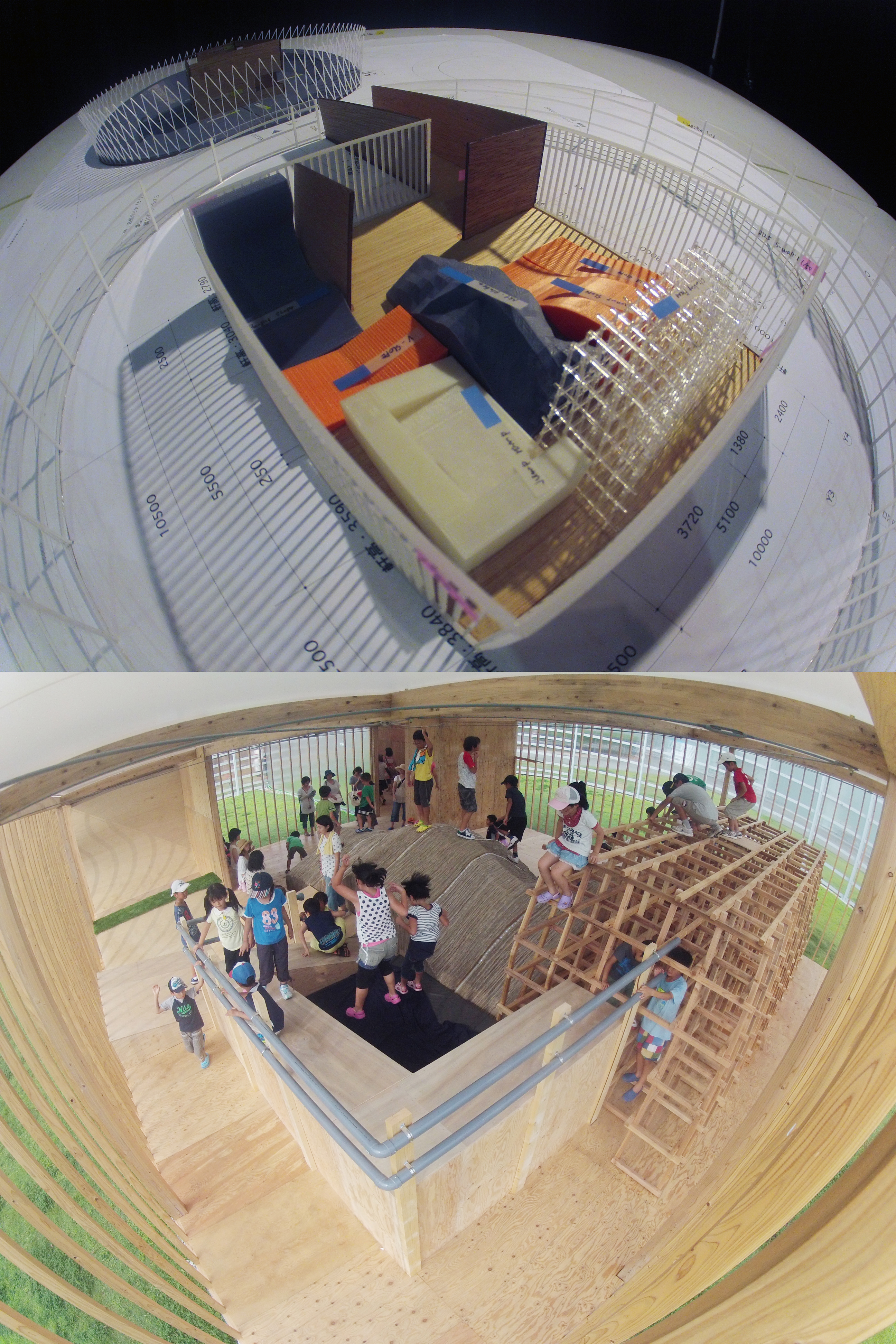
DCIM112GOPRO
Photo © YCAM
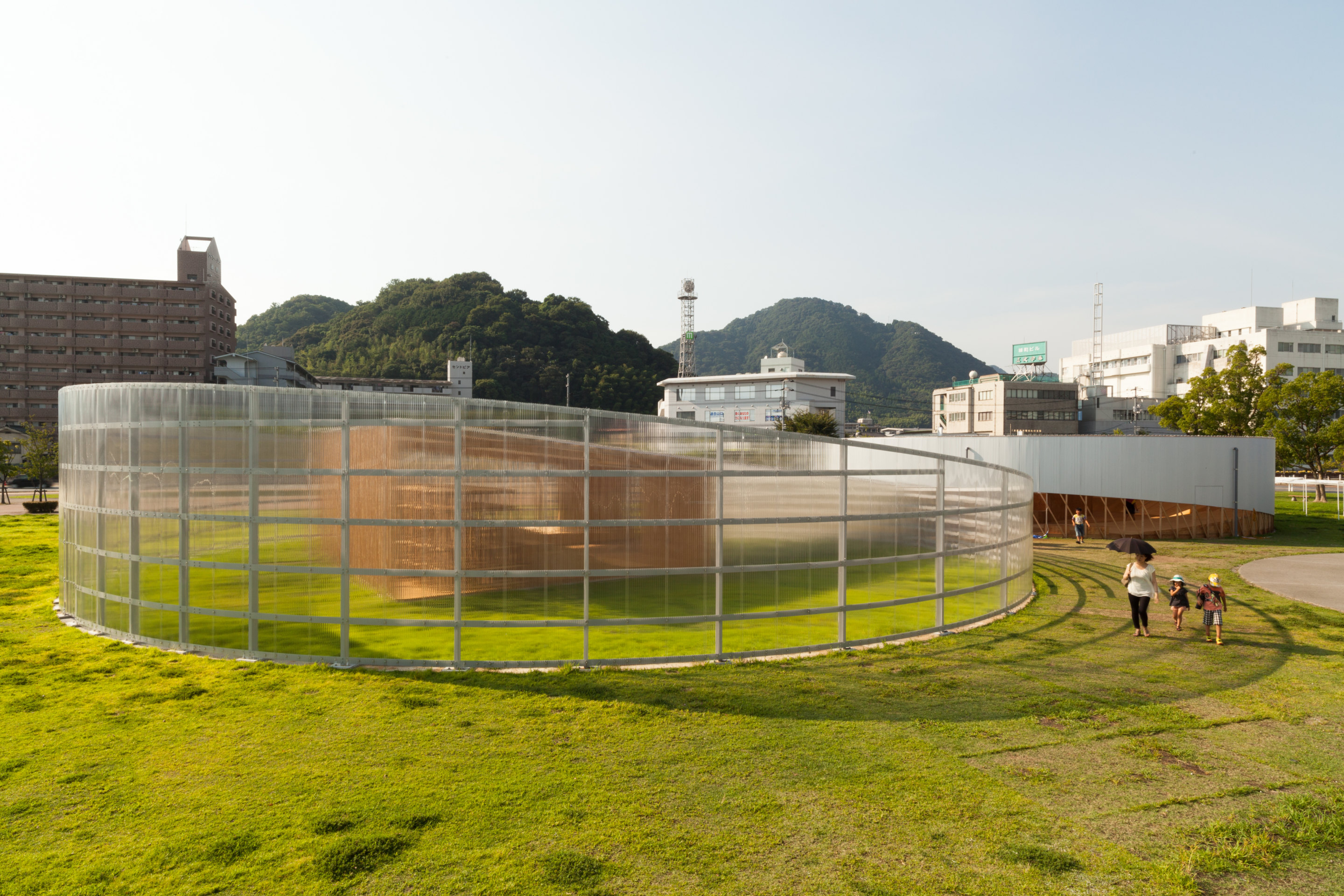
Photo © YCAM
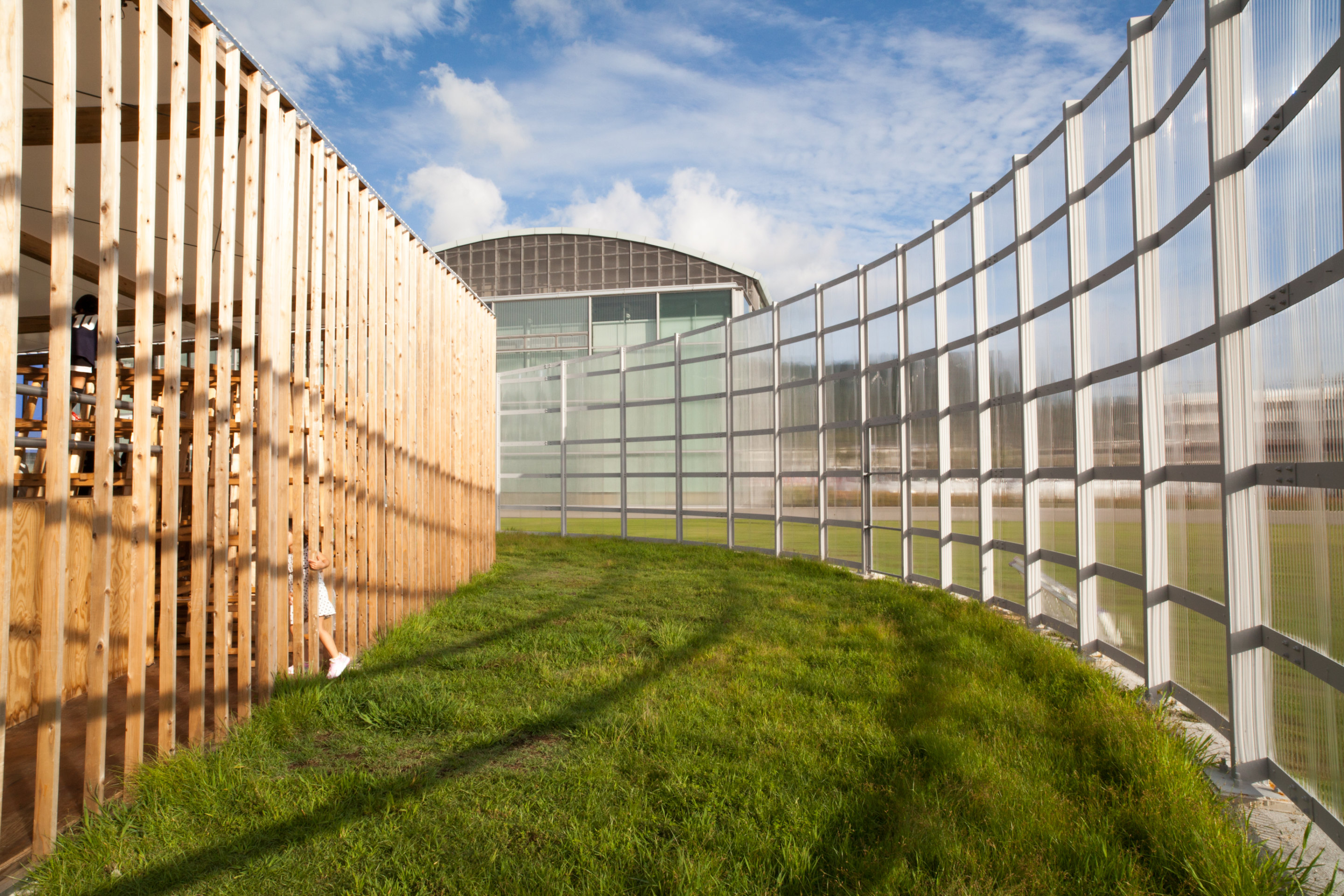
Photo © YCAM

Inner garden
Photo © YCAM
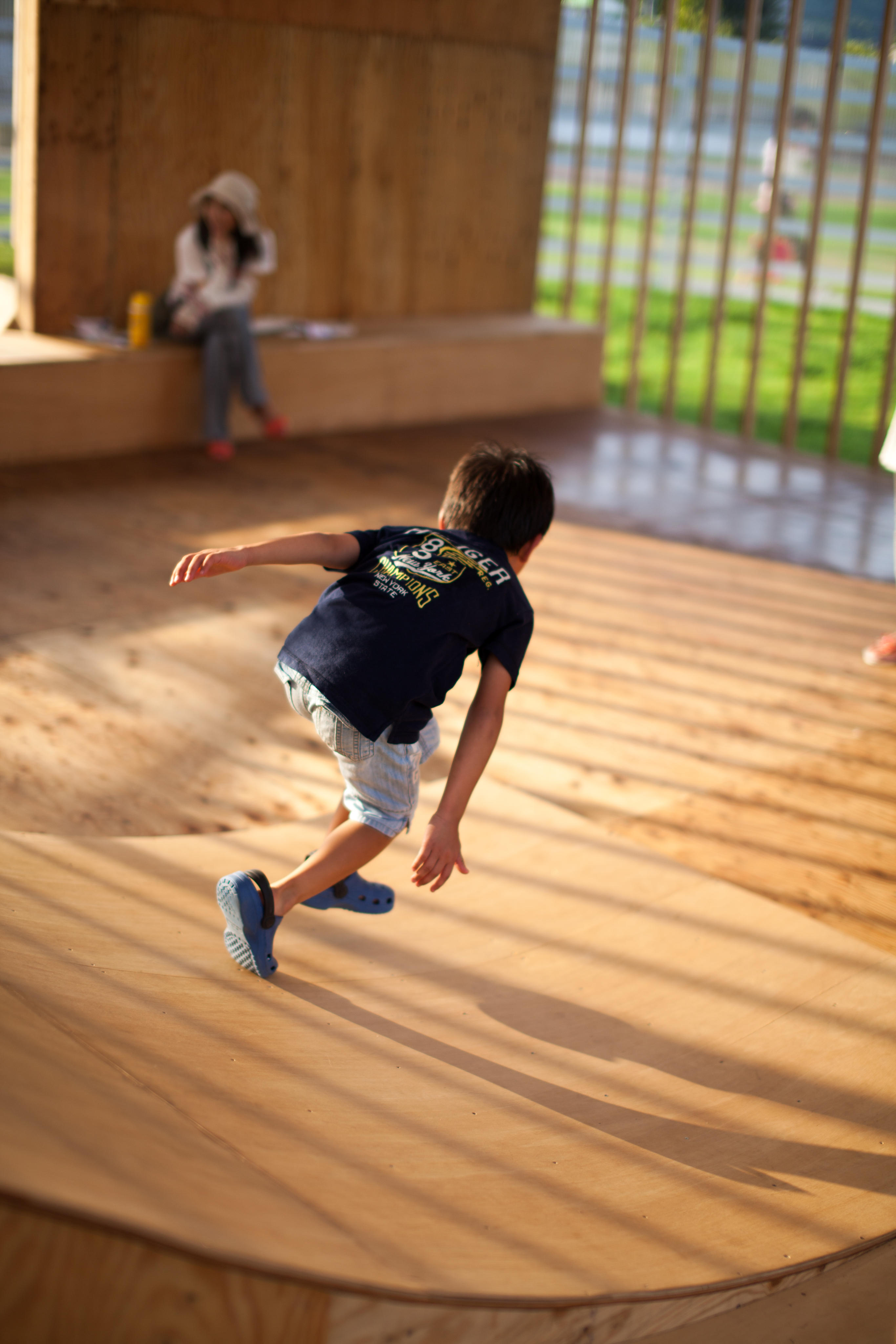
Photo © YCAM
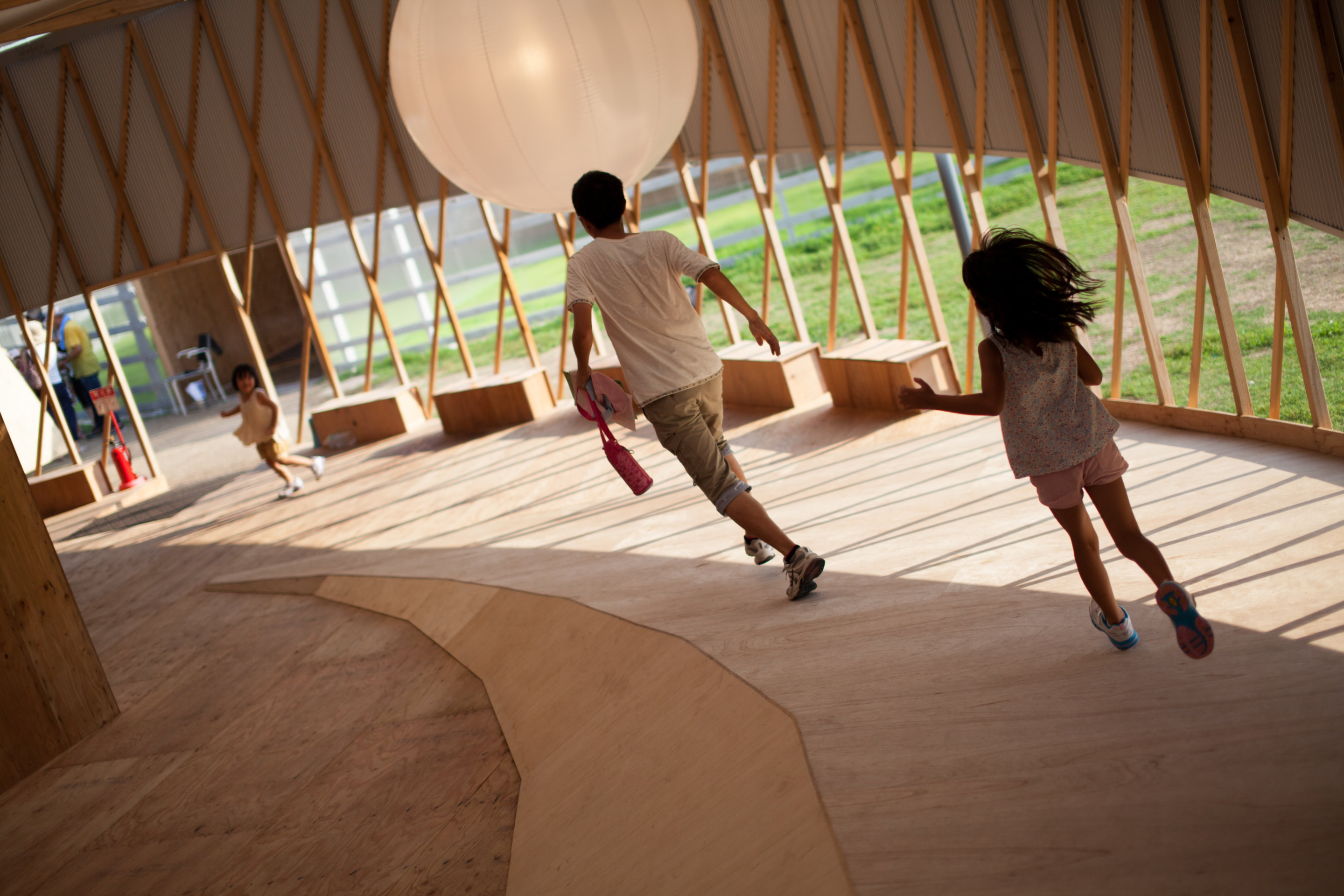
Photo © YCAM
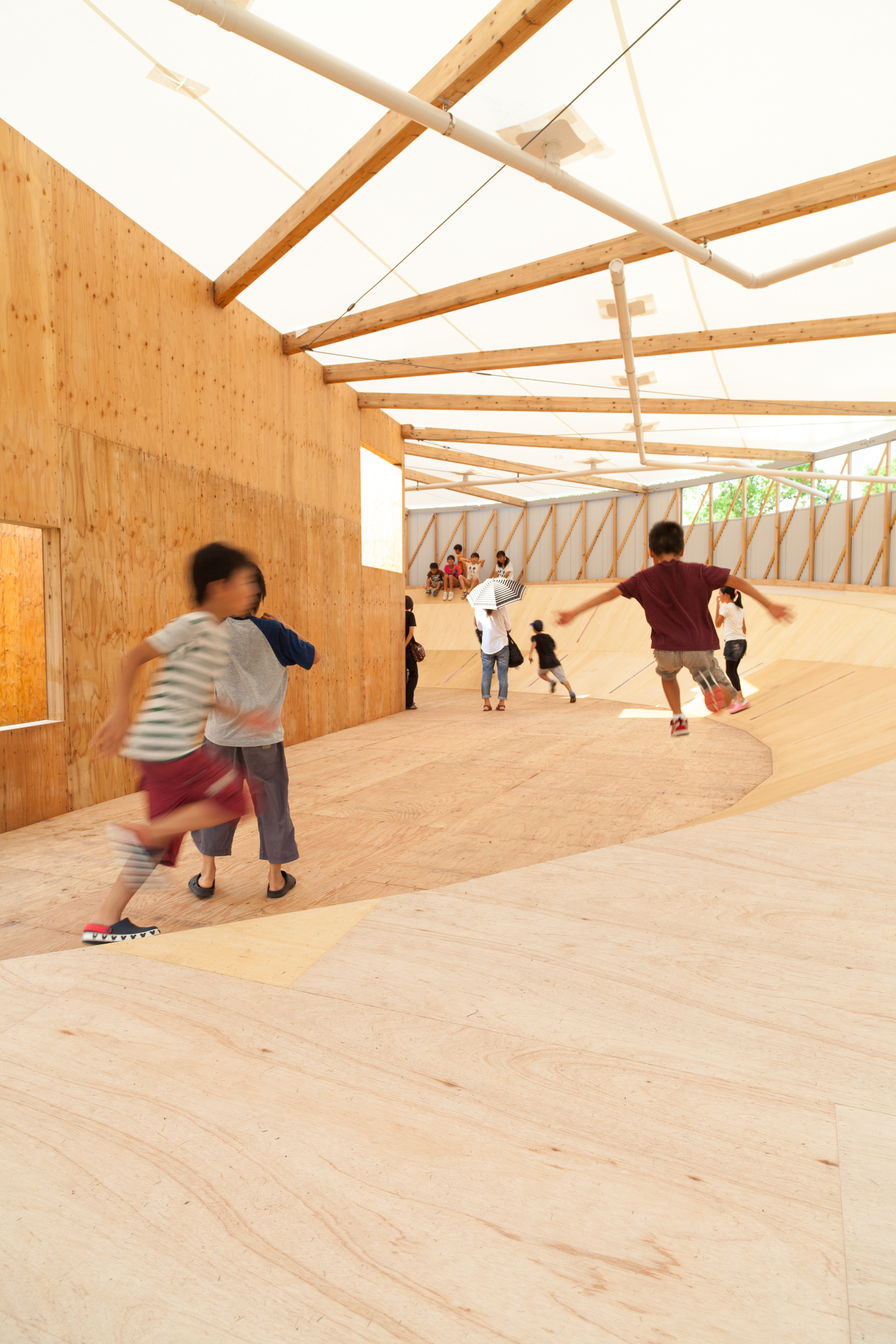
Photo © YCAM
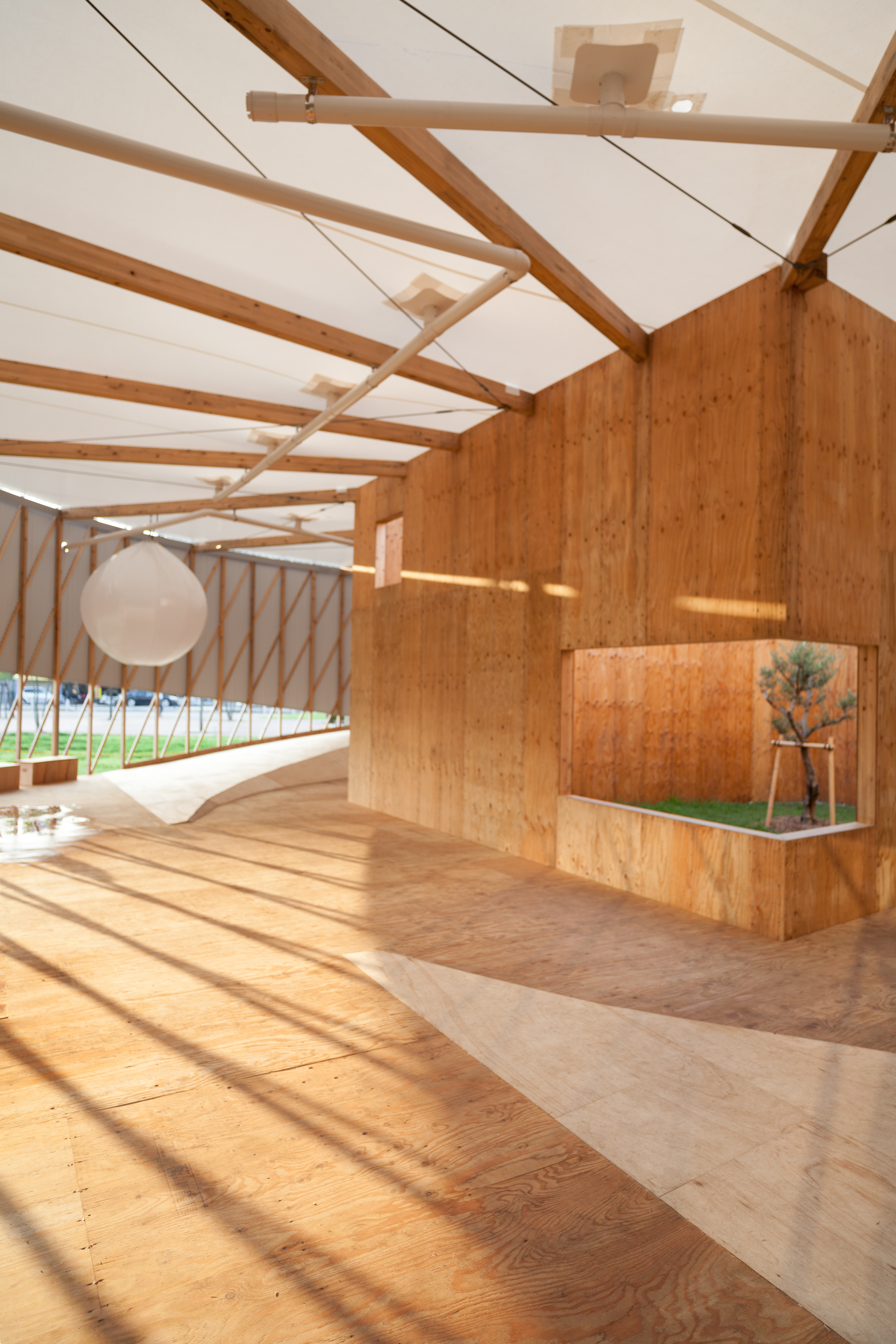
Photo © YCAM
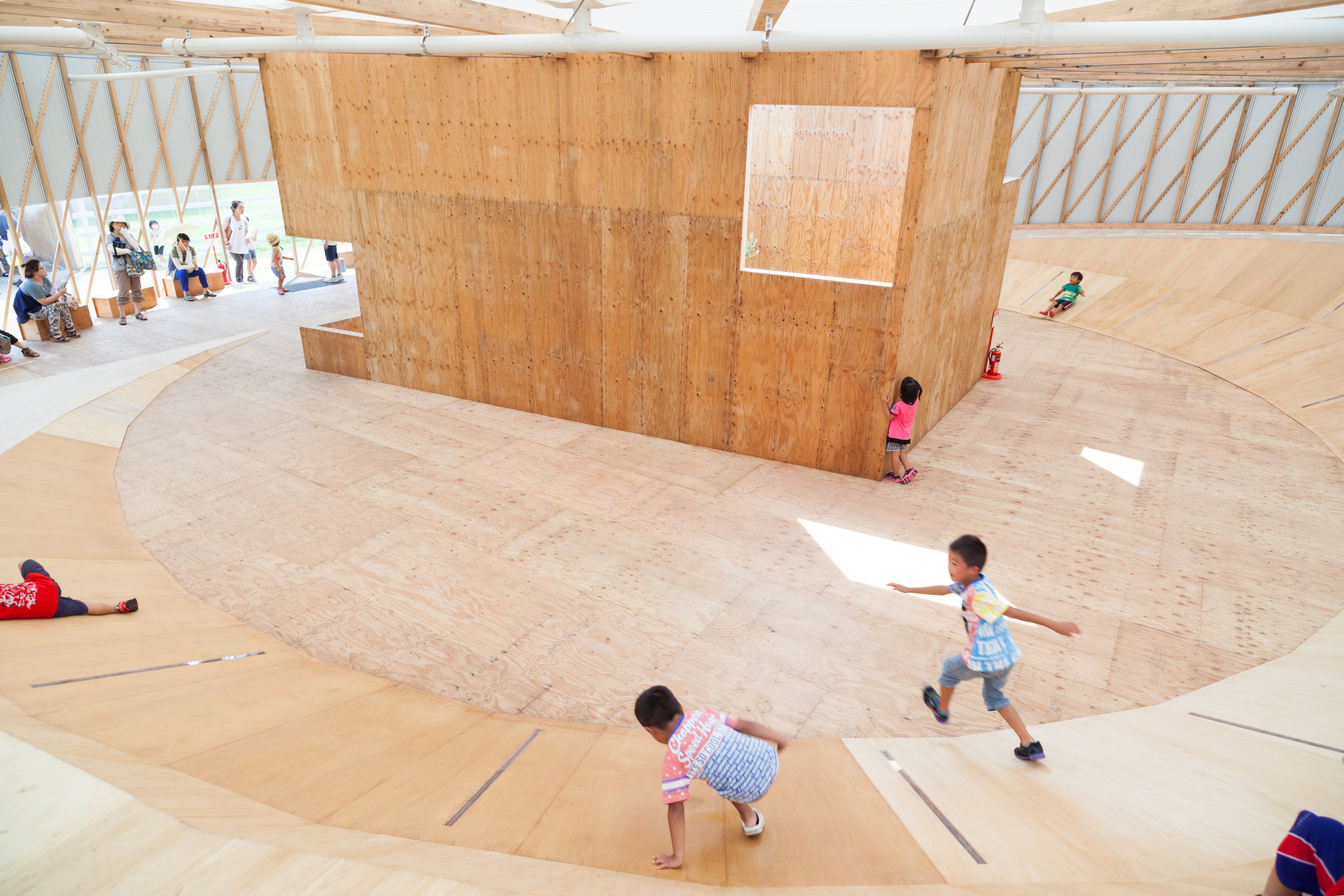
Photo © YCAM
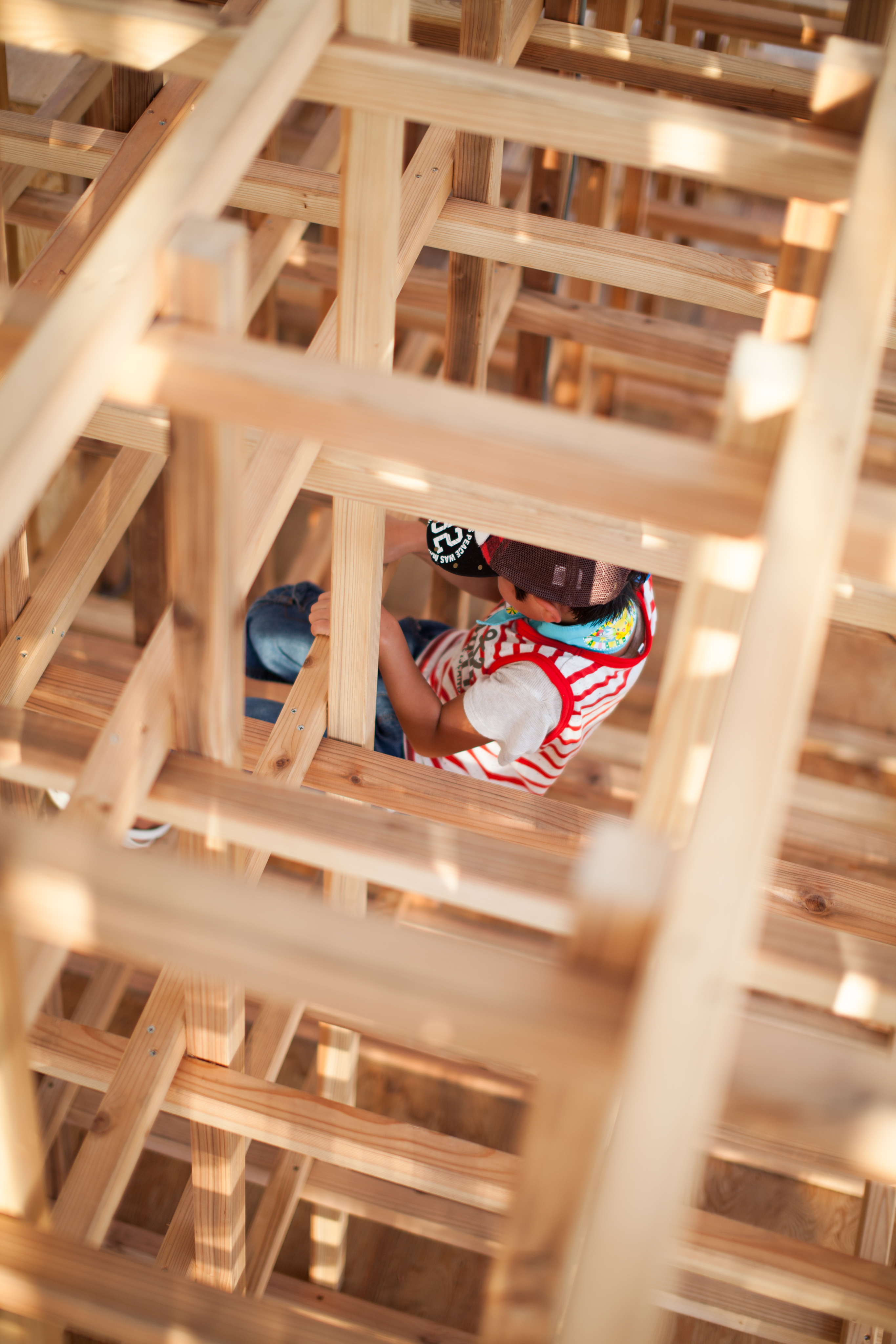
Photo © YCAM
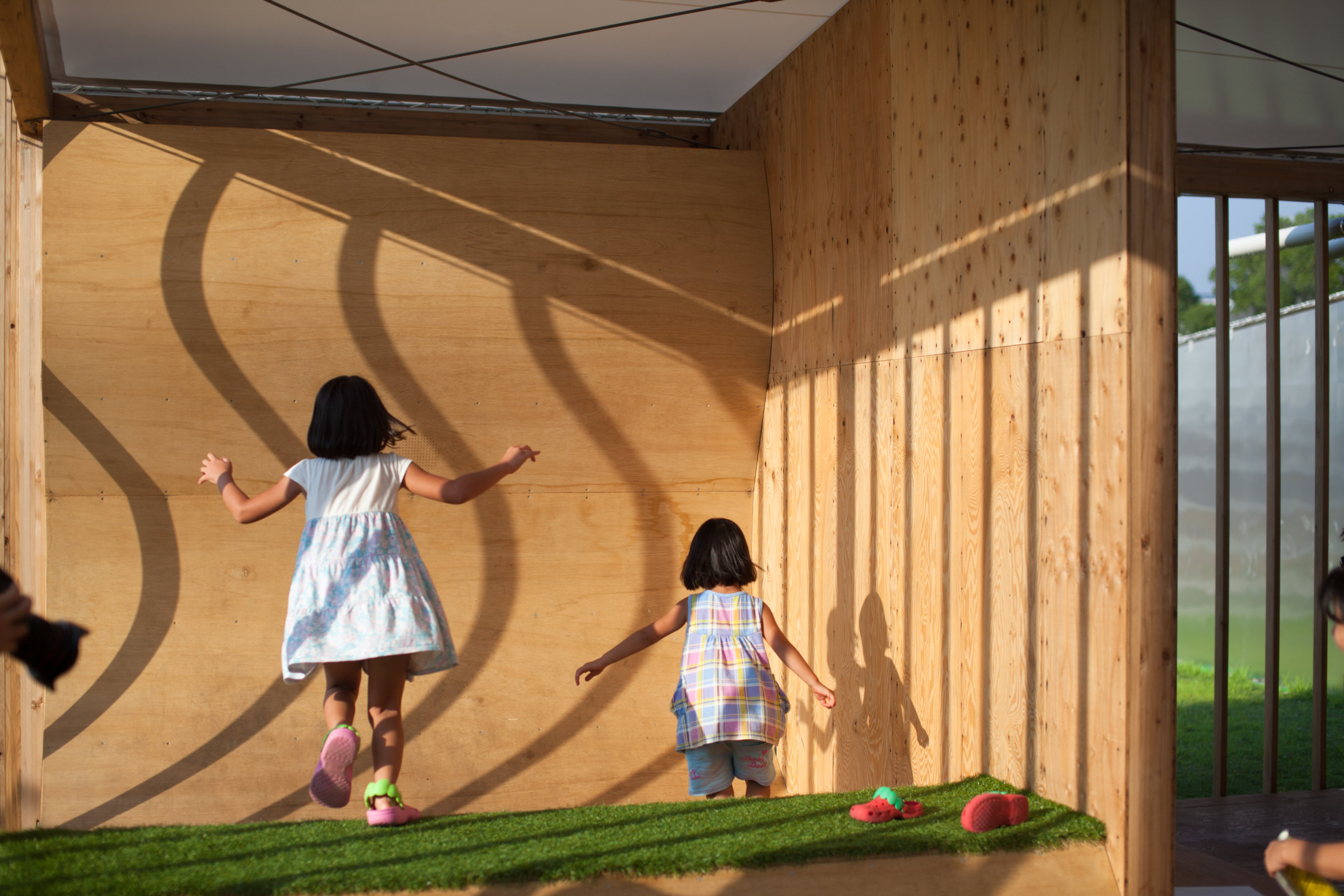
Photo © YCAM
